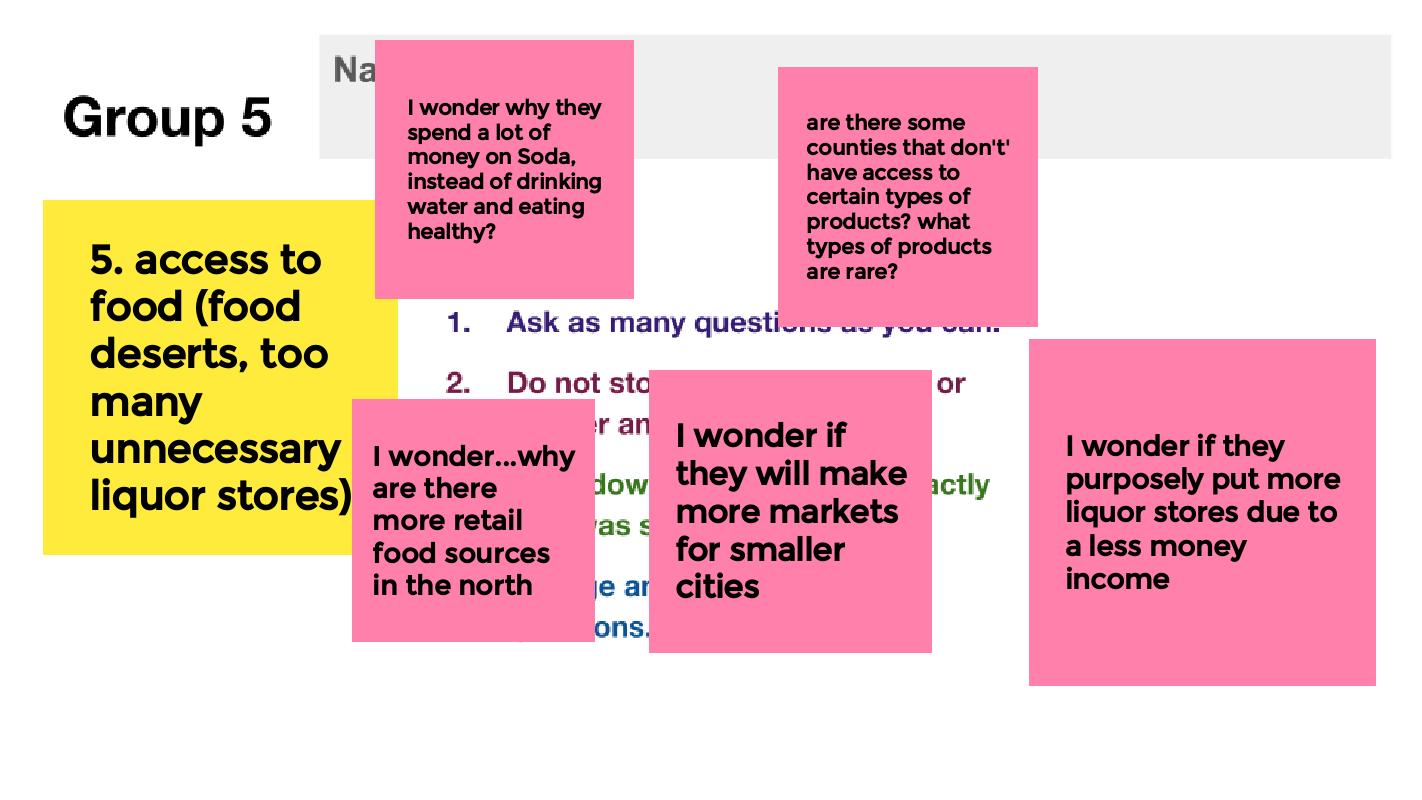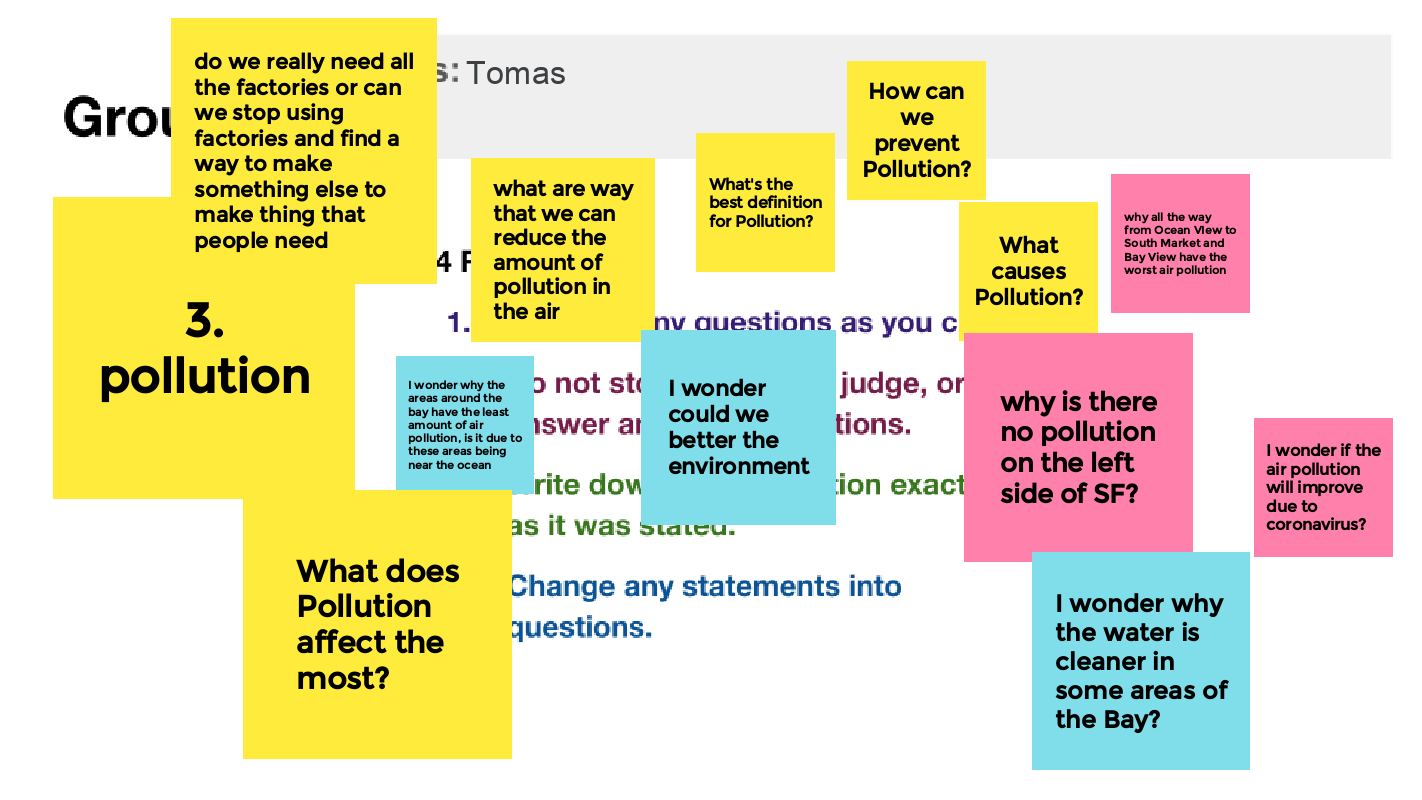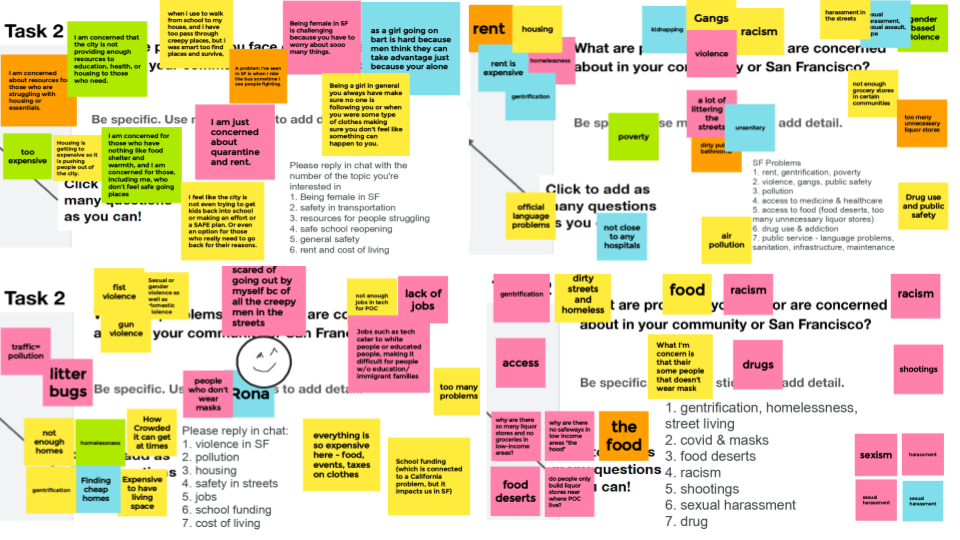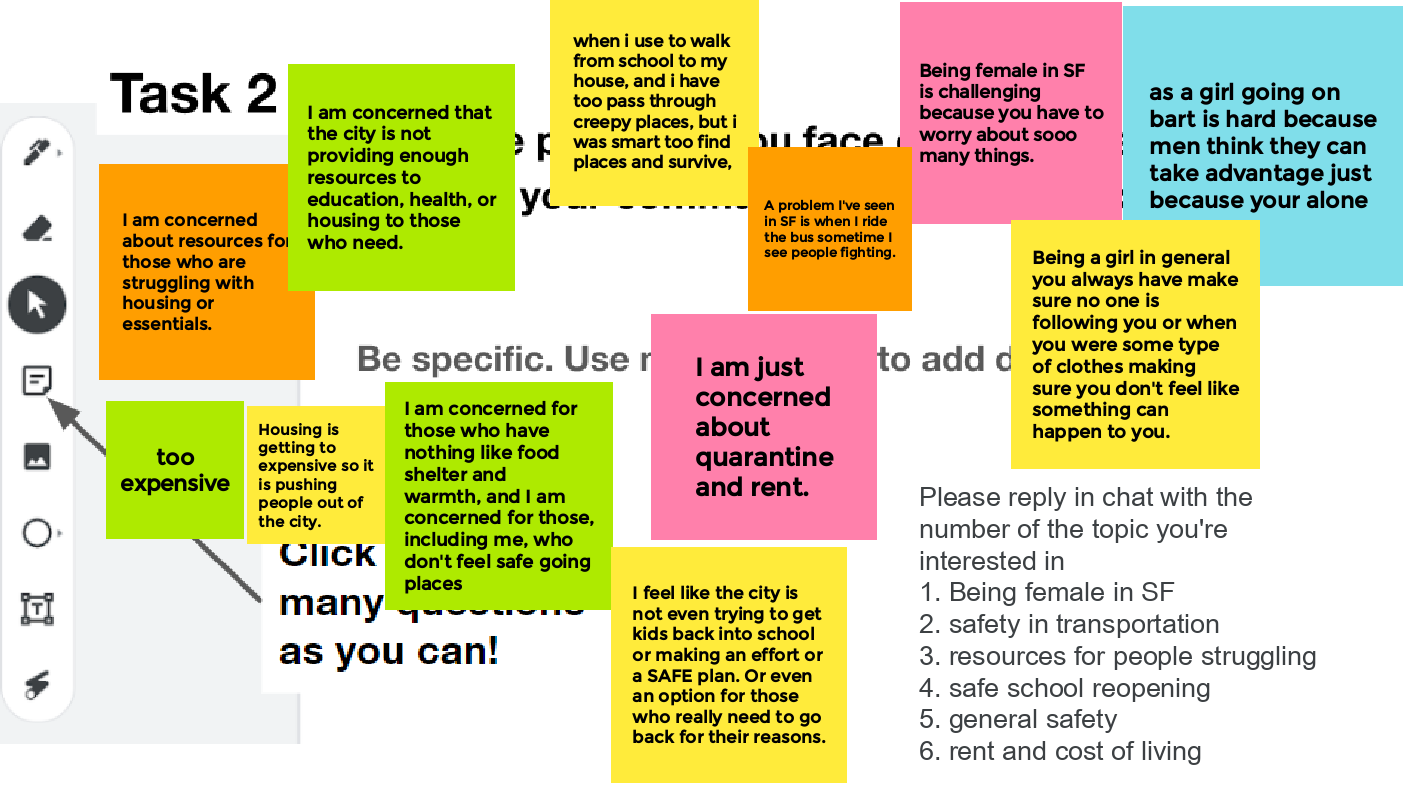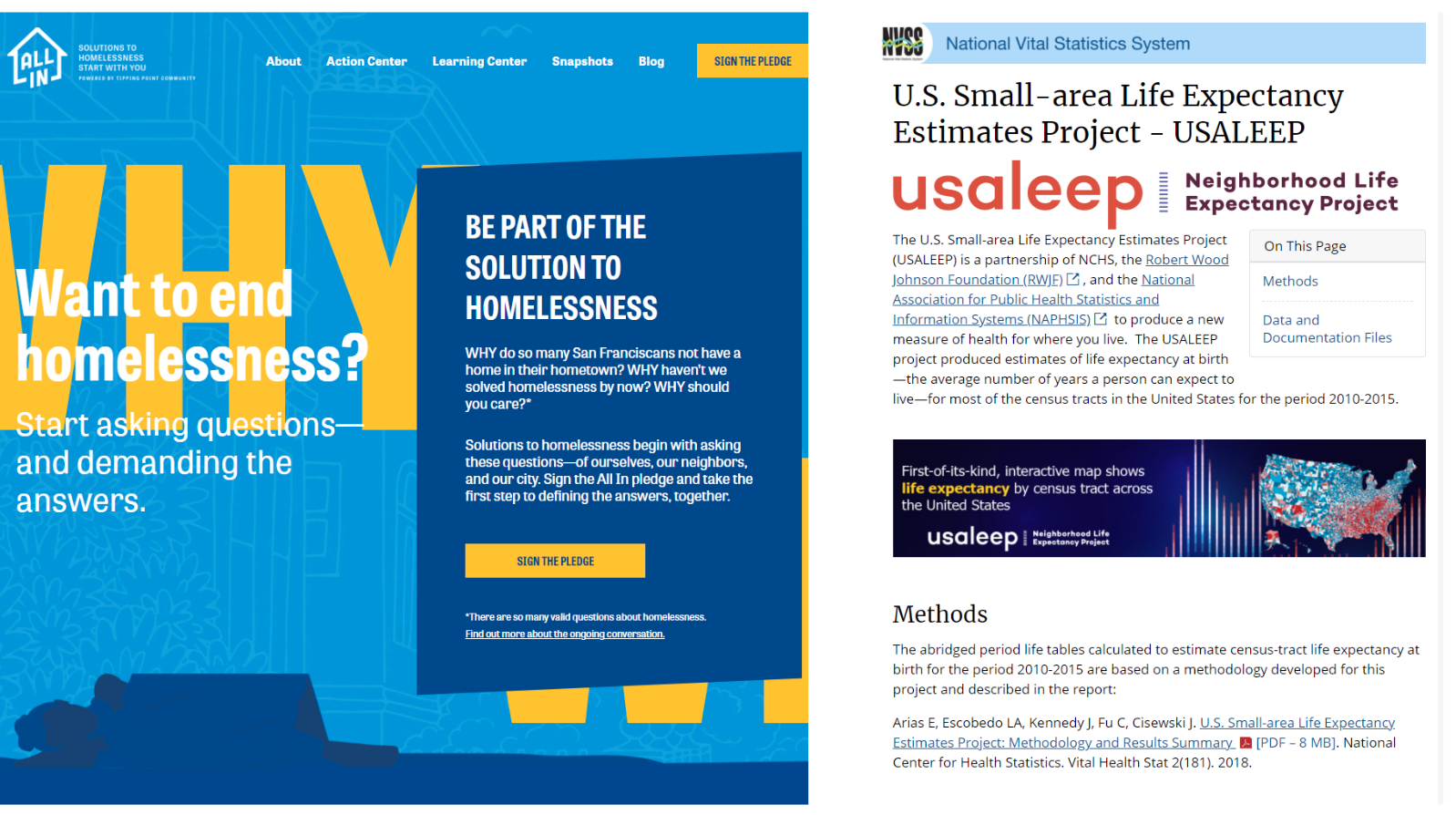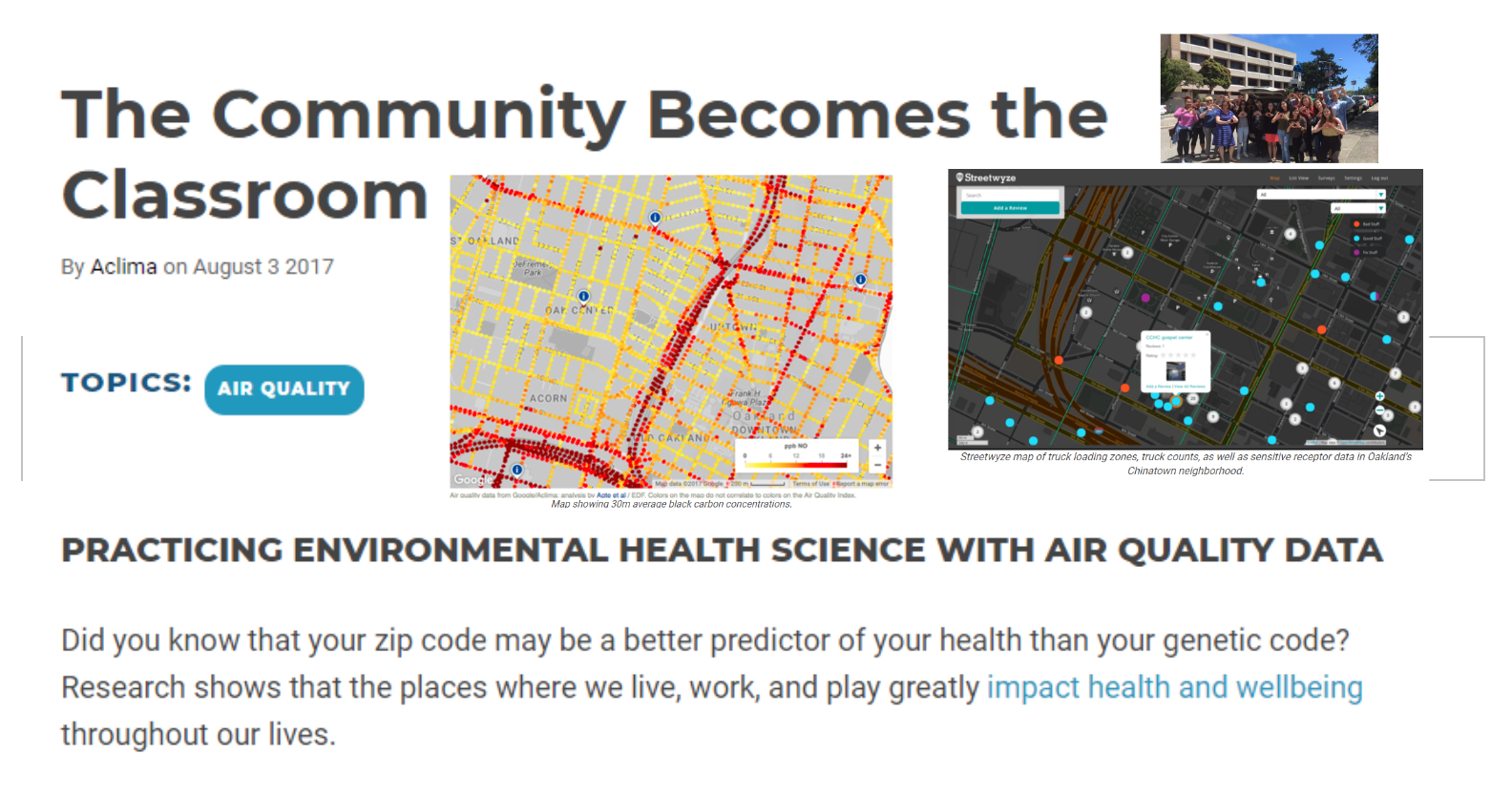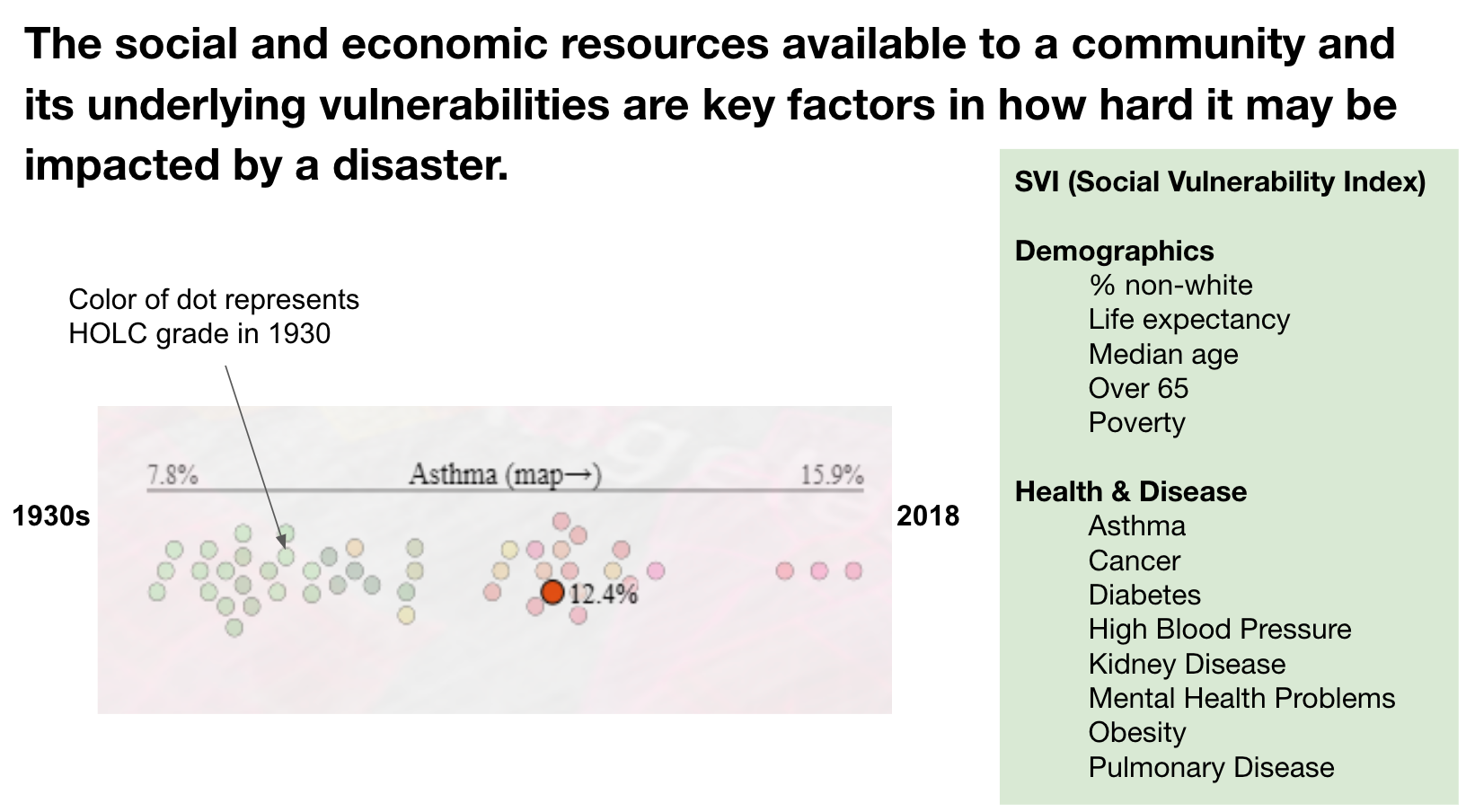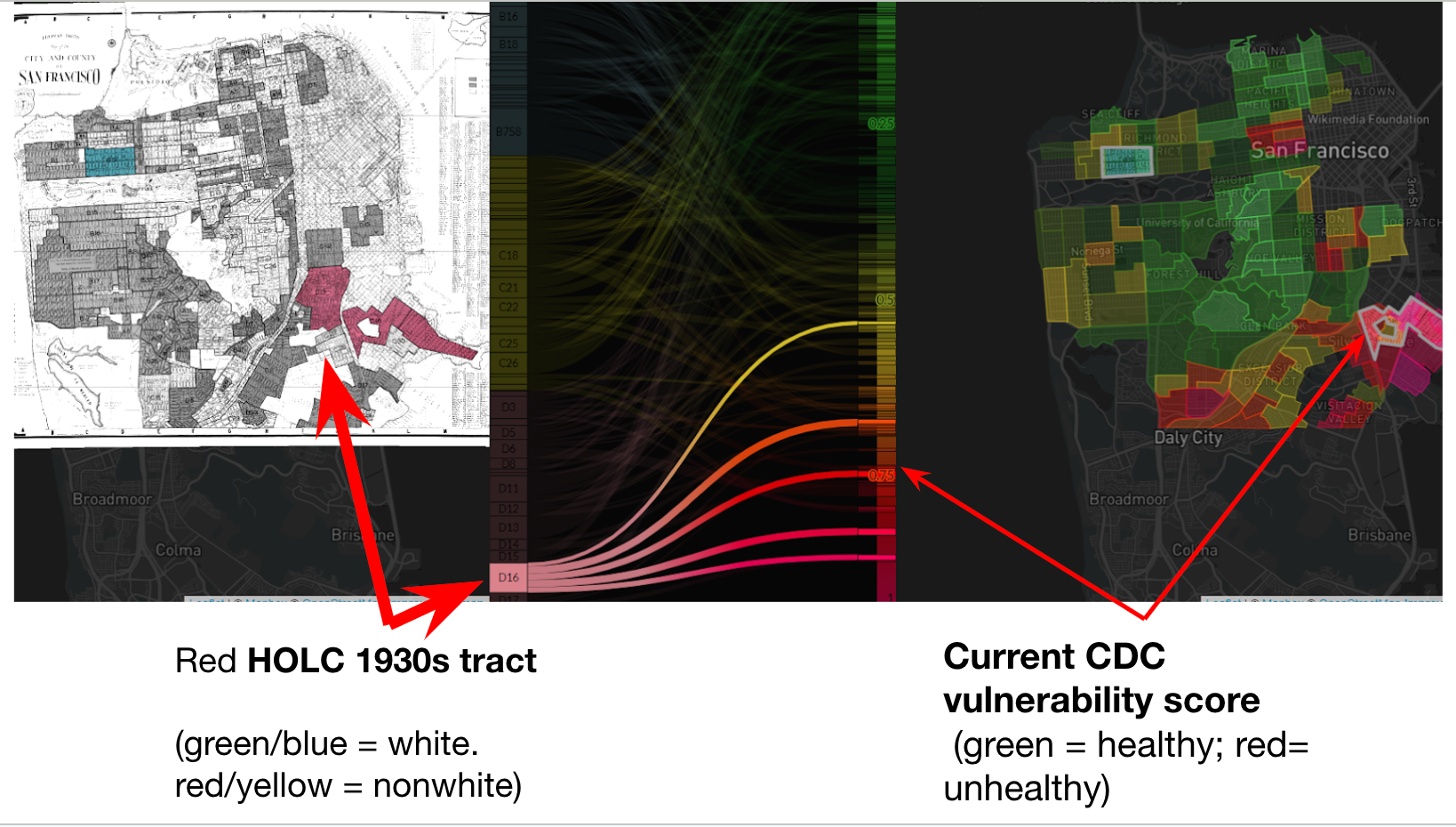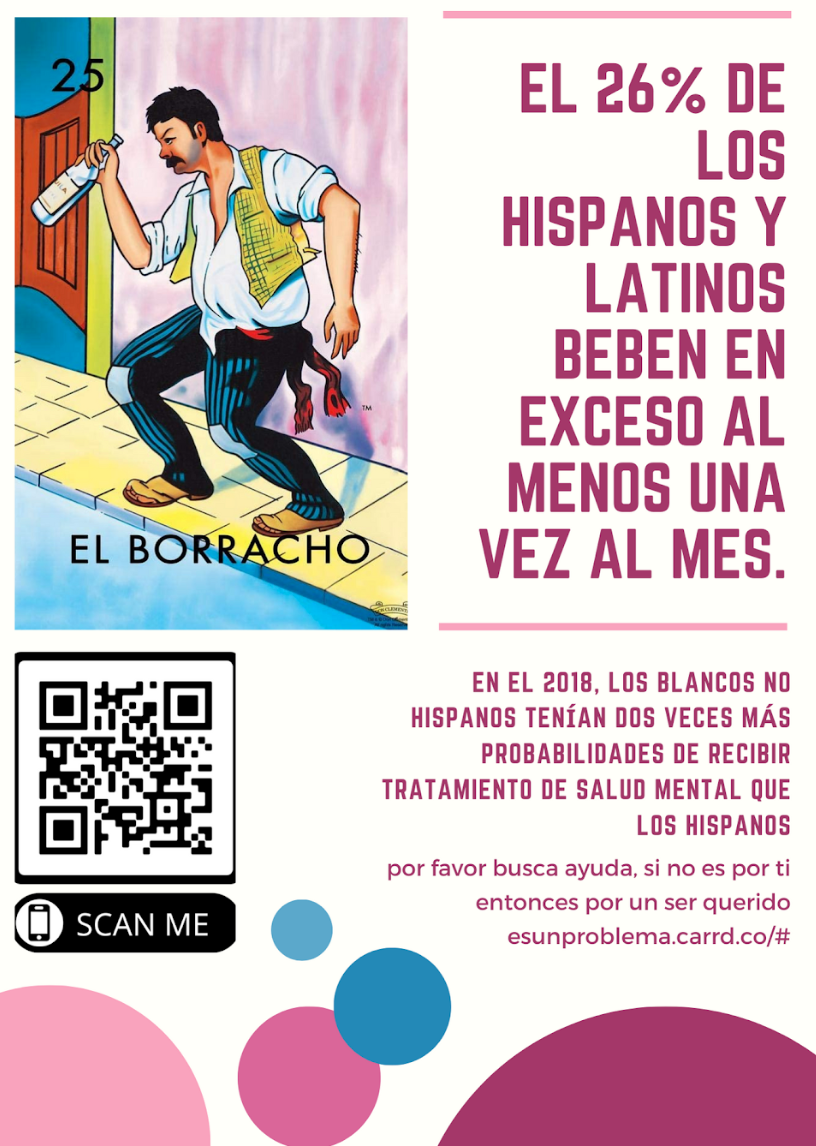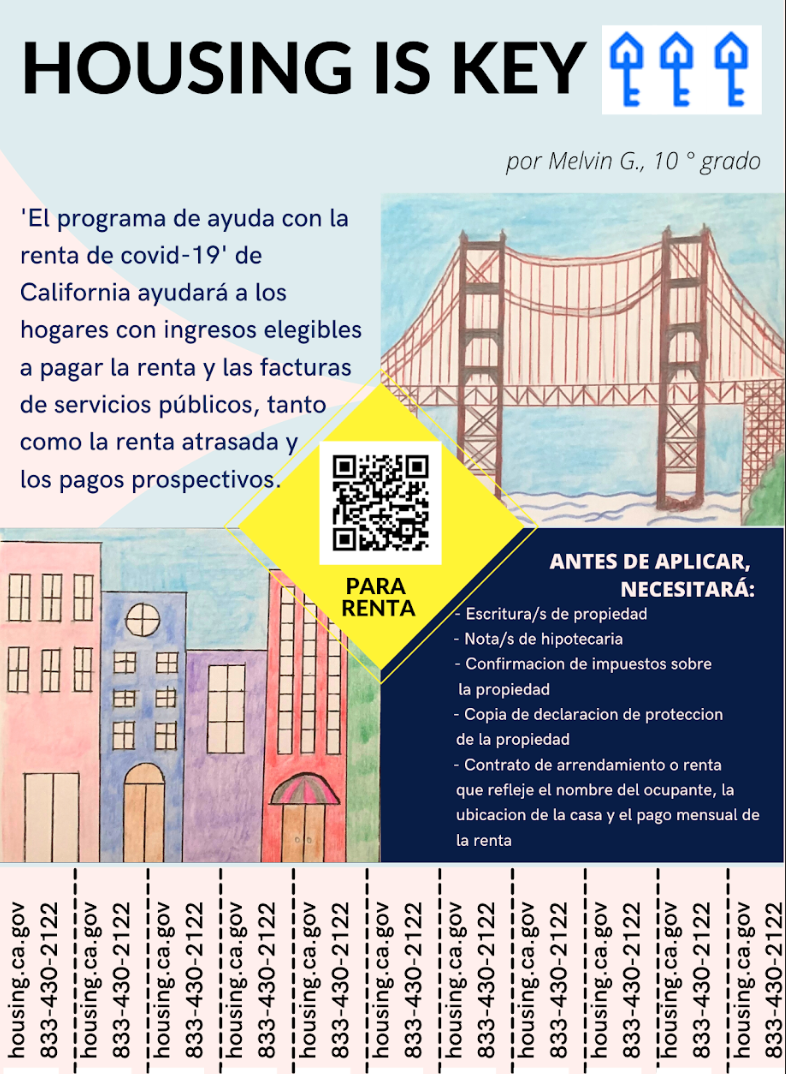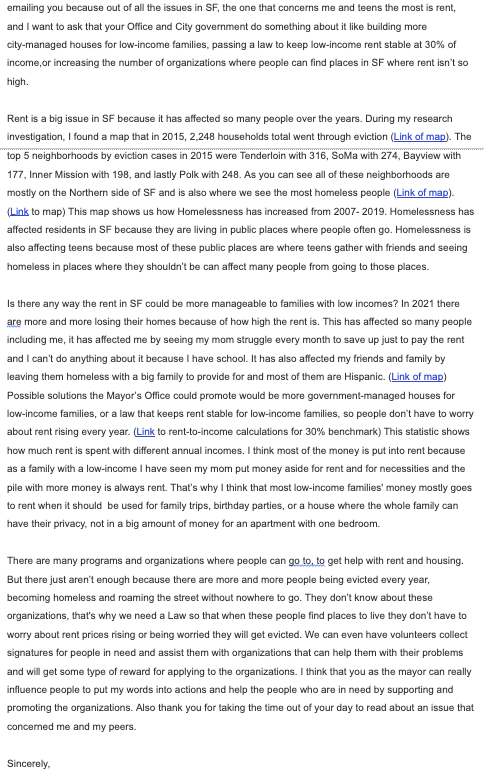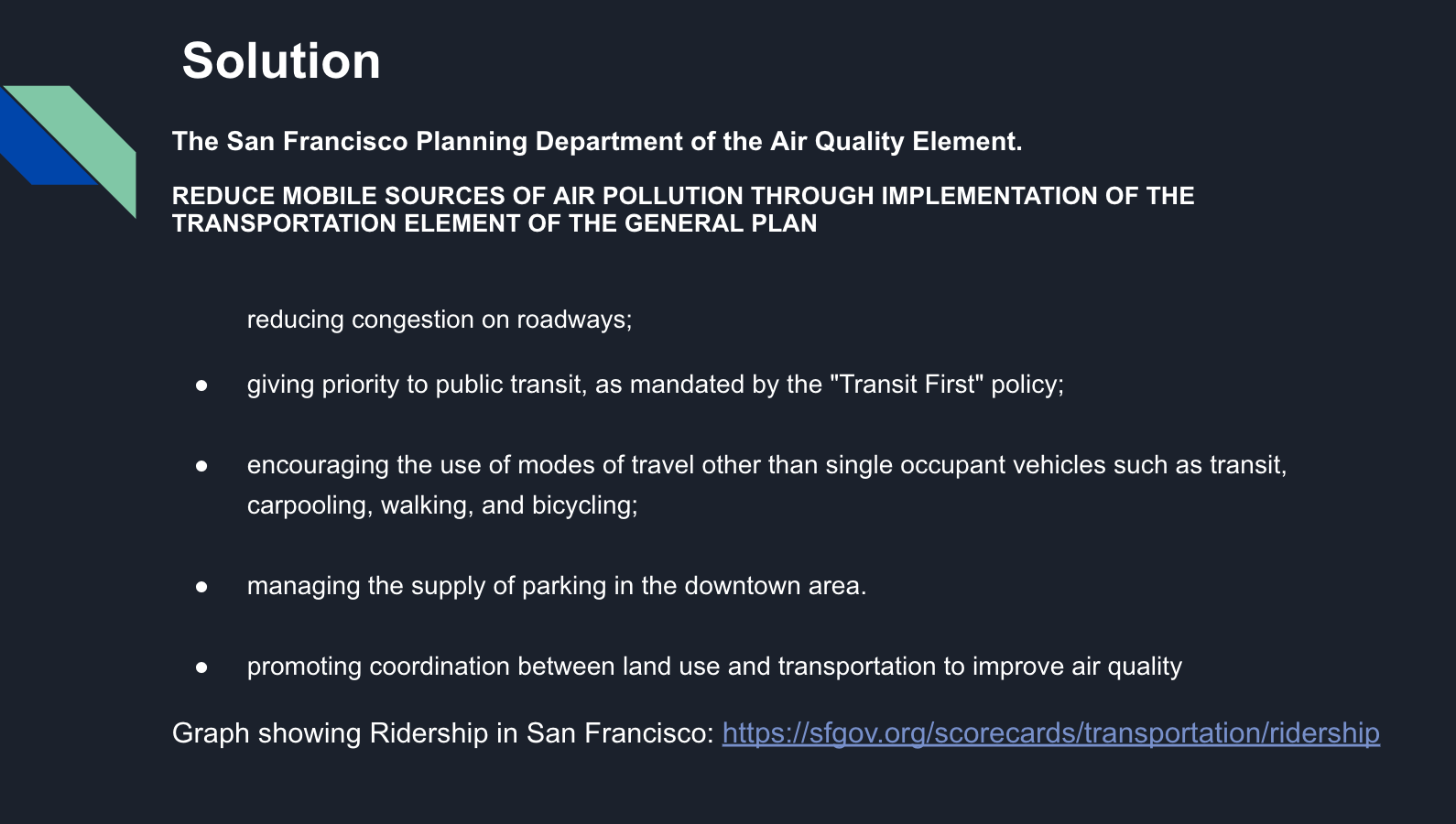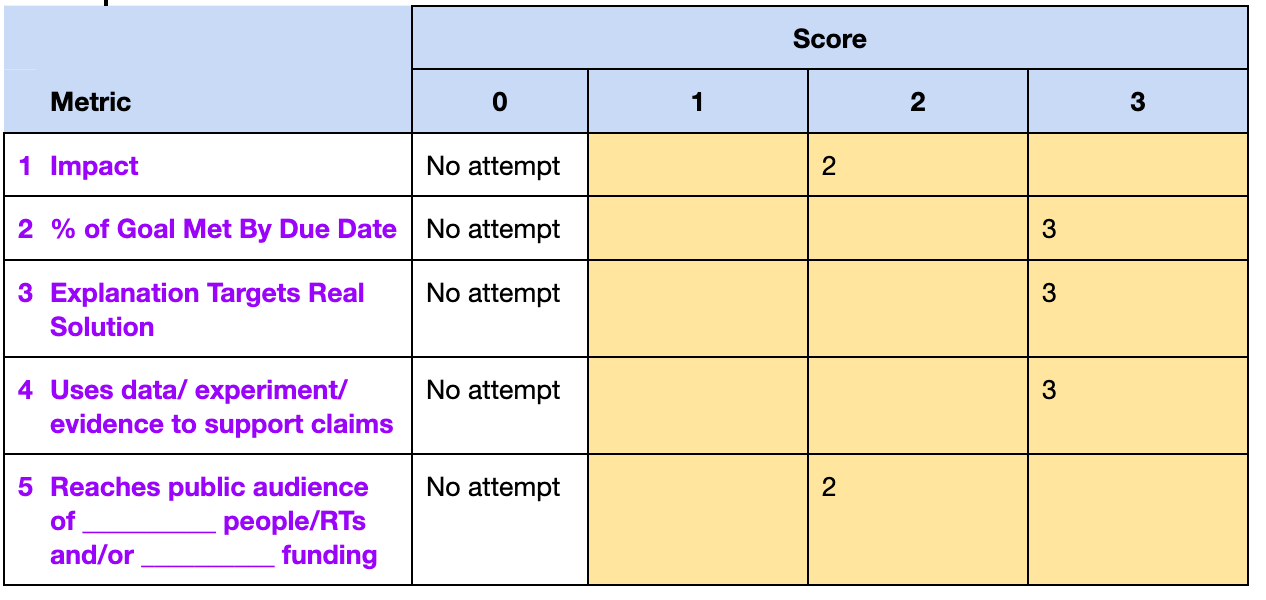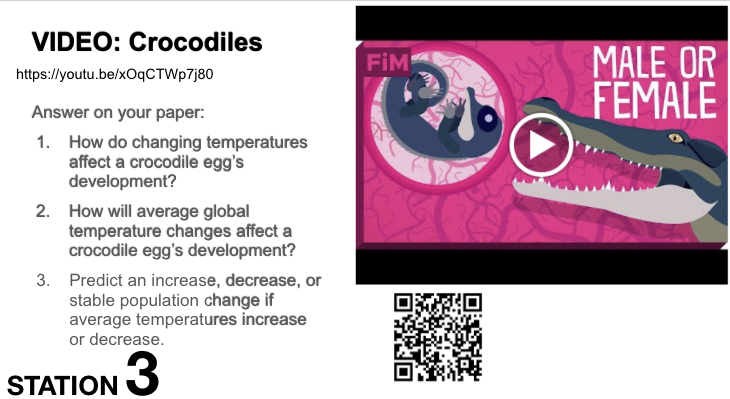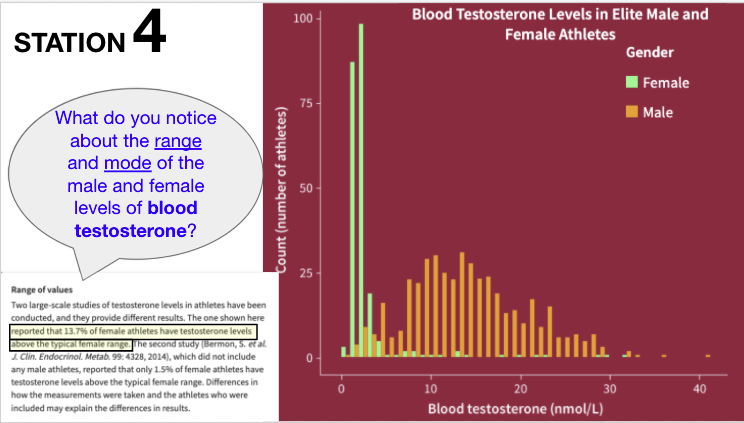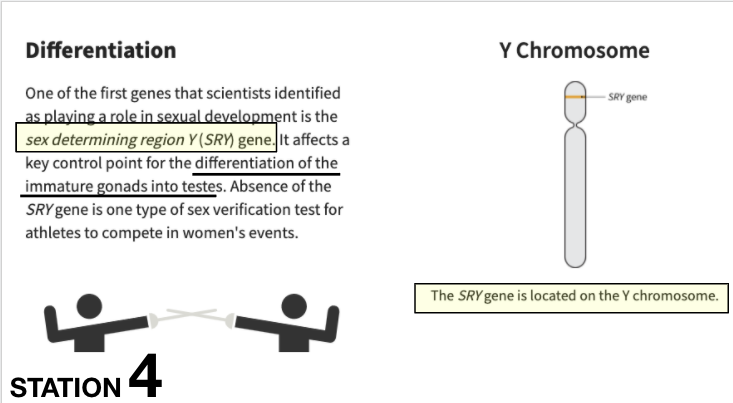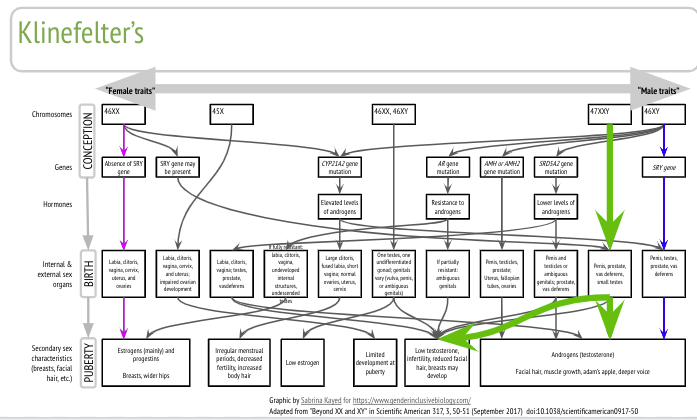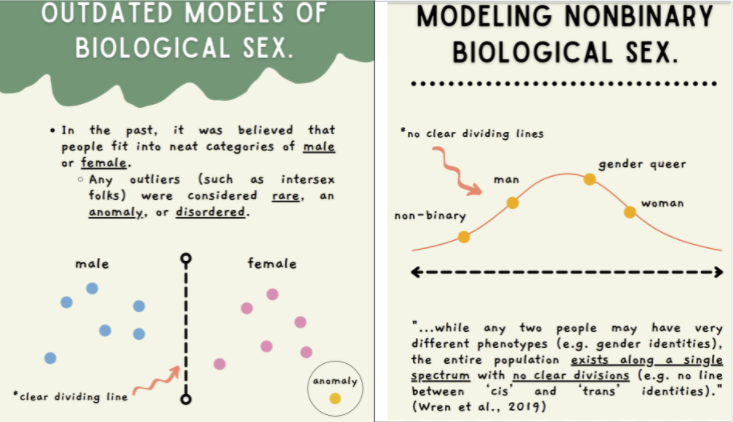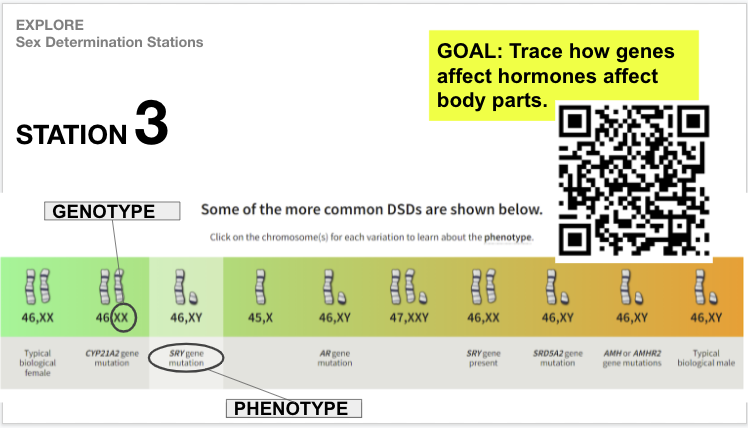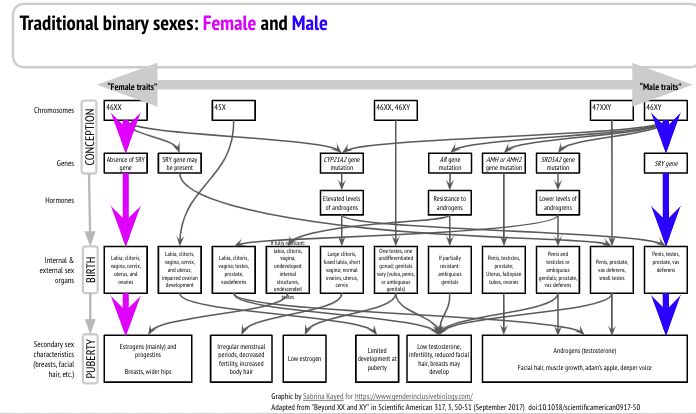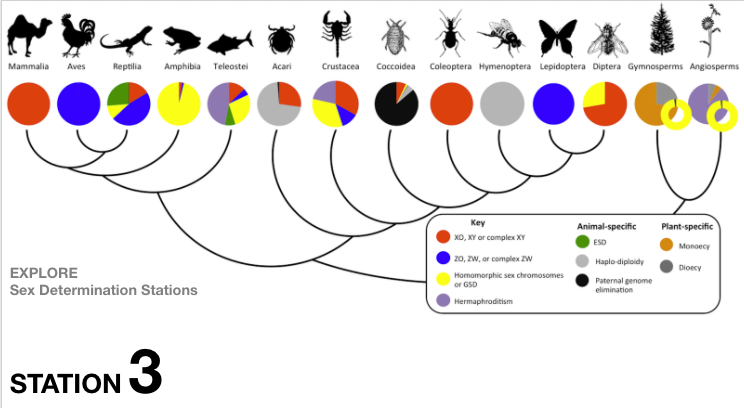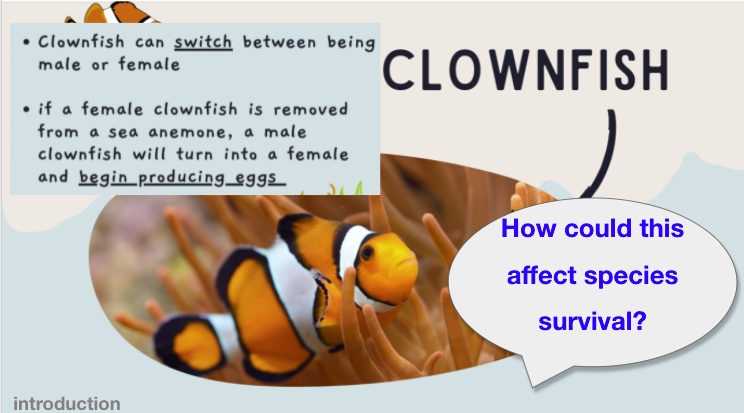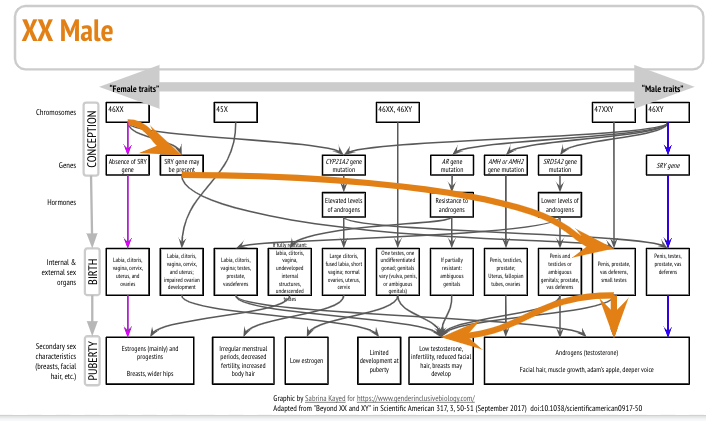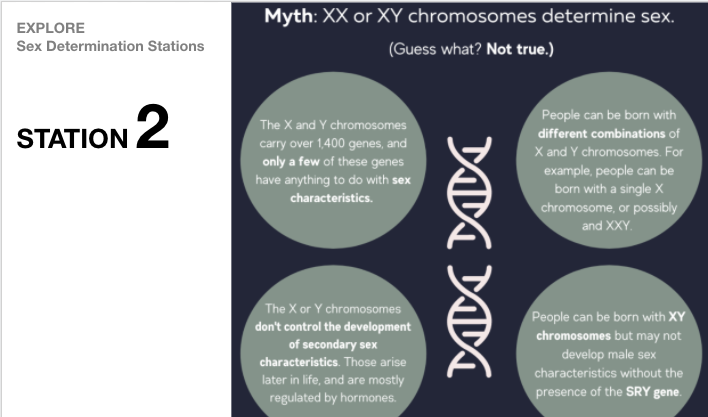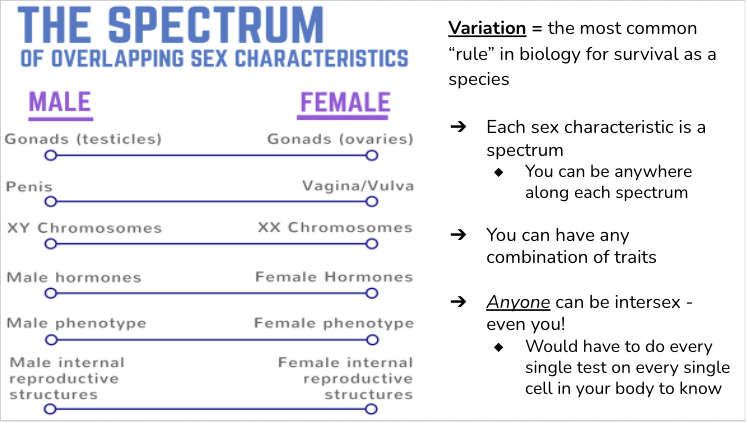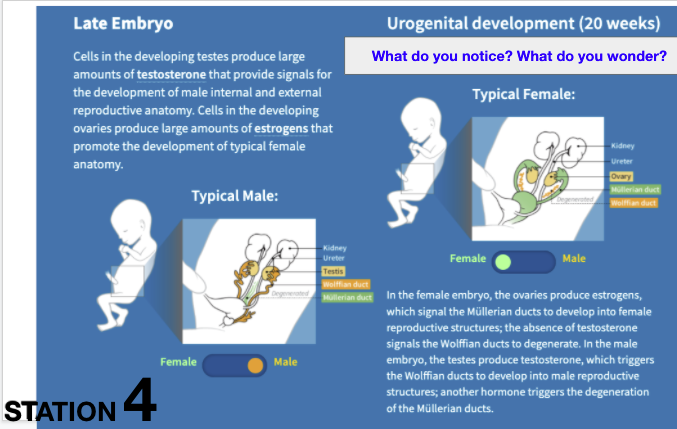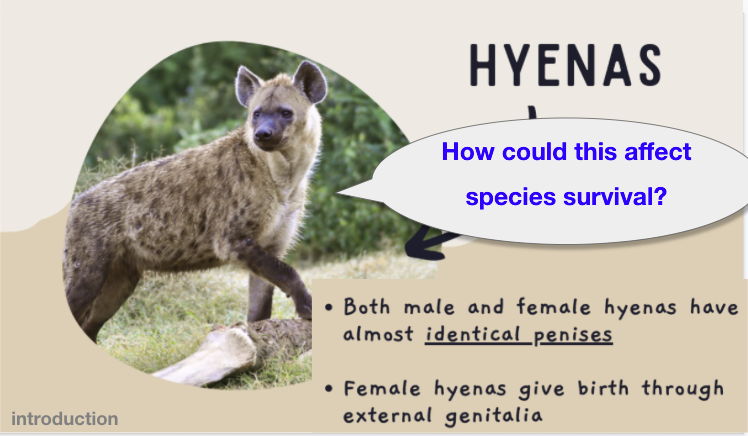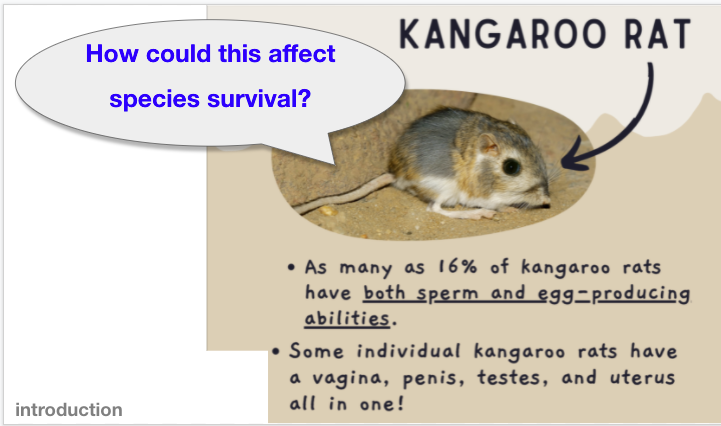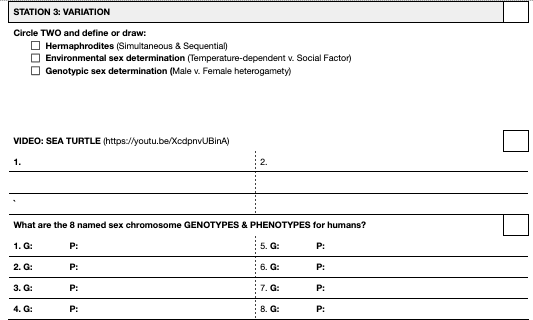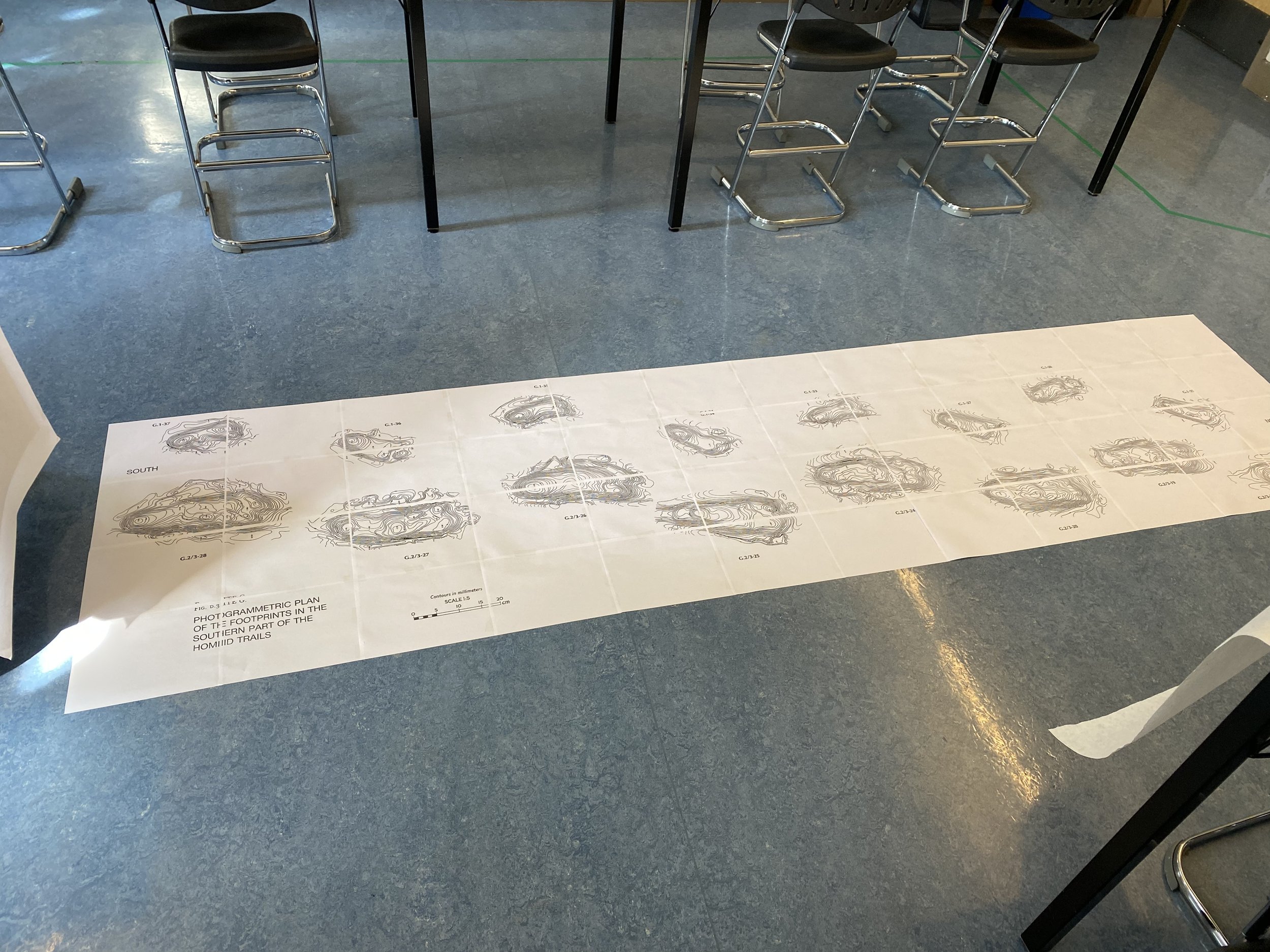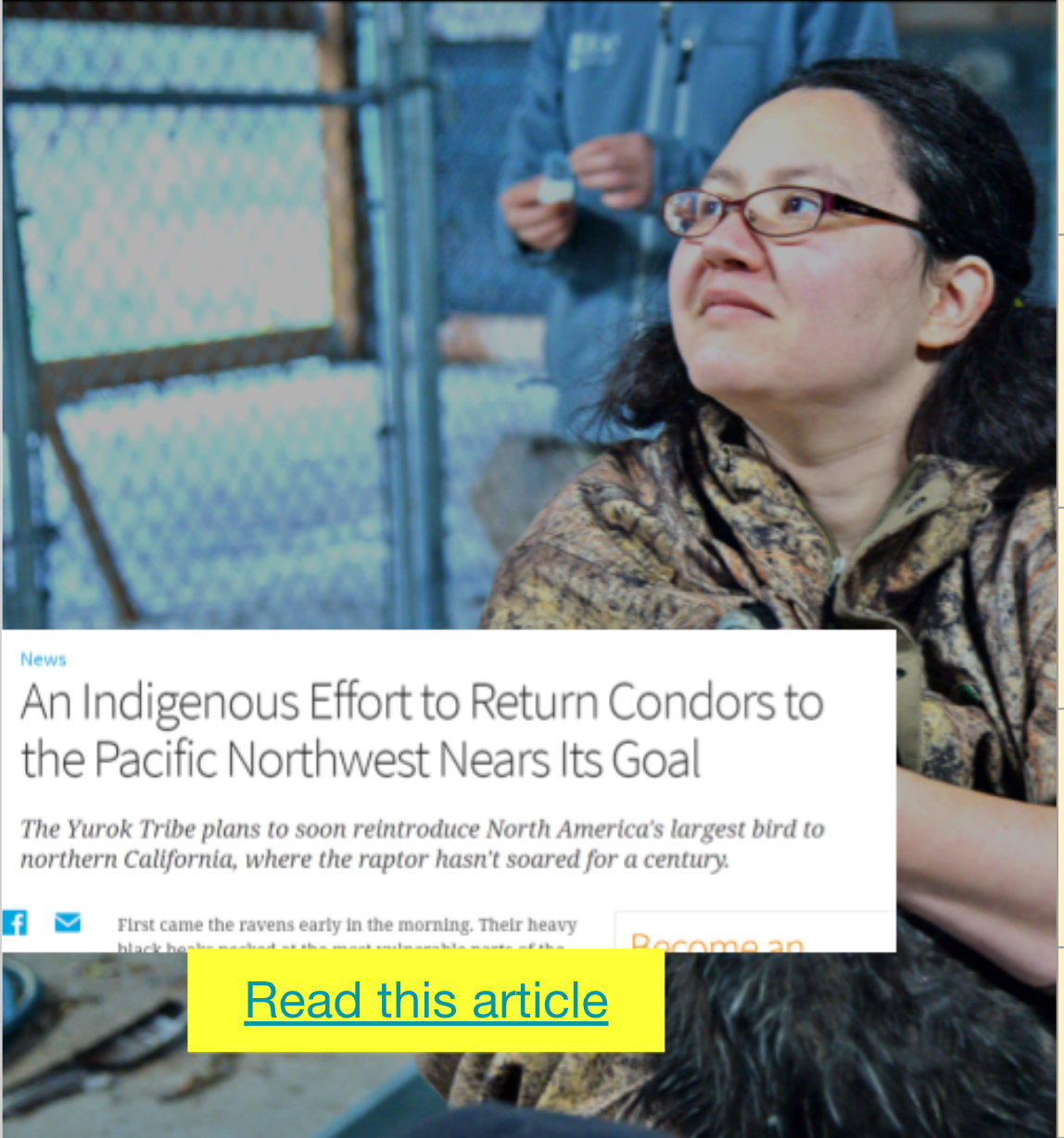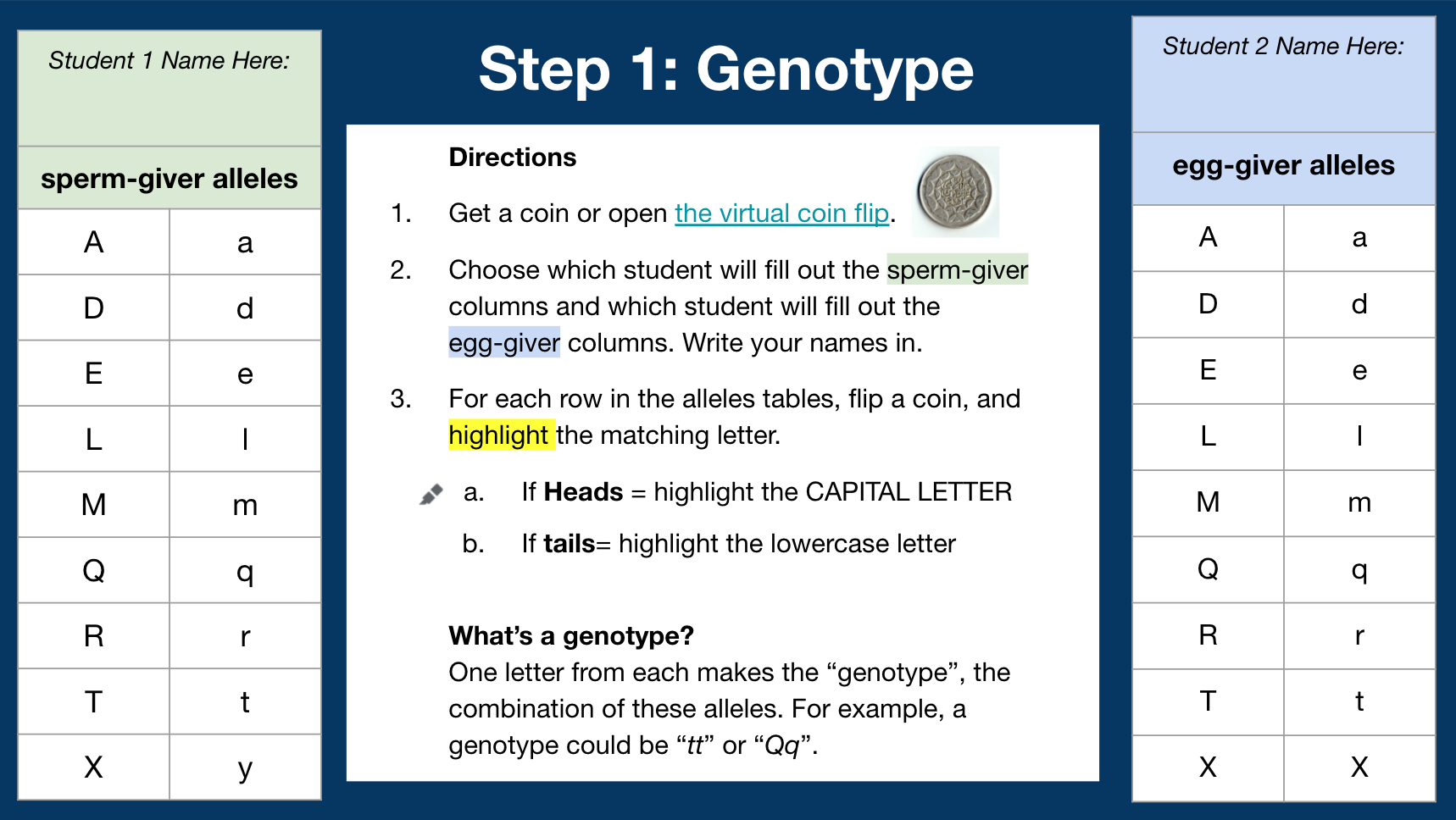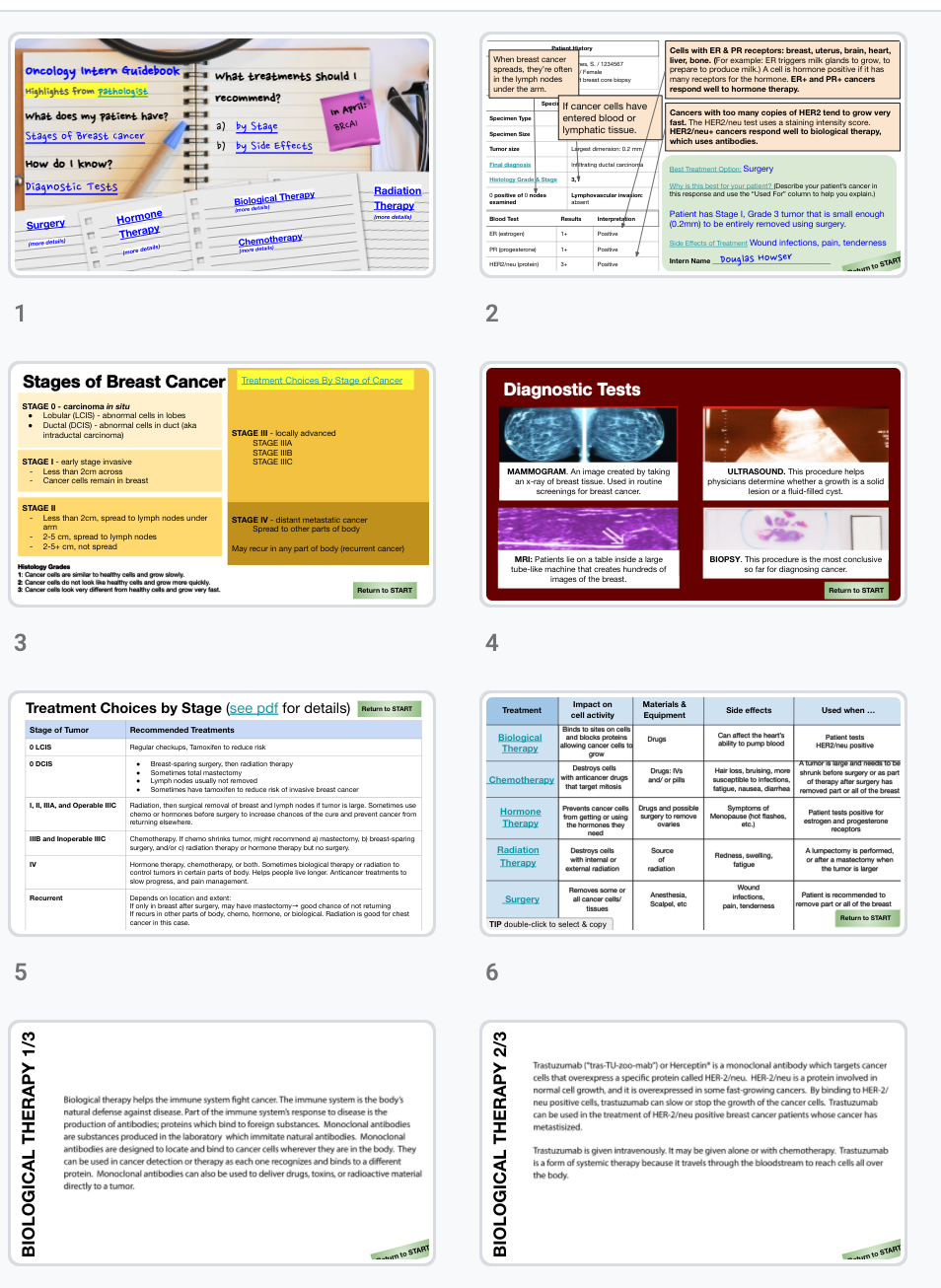Preparing for College Applications
Sheet 1: Tracks due dates and automatically changes color based on how many days left. Records:
Subject
Task
Due Date
Days Remaining (Auto-Calculated)
Sheet 2: Helps students track their high school careers and inventory their experiences so far. Autocalculates time spent per activity or task. Great for tracking hours. Records:
Date
Time Began
Time End
Time Spent (Duration Autocalculator)
Type
Task or Activity
What did you learn about yourself?
How did you contribute?
Skills
Sheet 3: Helps students find underlying values, motifs, or themes that can help tell their story. Records:
Year
Course
Your Rating
Challenge and how you got through it
Strengths or Favorite Skills
What will you remember from the experience?
Data Science, Human Geography, & Environmental Justice Youth Project (DL compatible)
Data Science, Human Geography, & Environmental Justice Youth Project
Inspired by Undesign the Redline PBLs, Rebecca Solnit’s Infinite City, and the intersectionality my students navigated every day, I resolved to honor their distance learning investment by making the ecosystem and data analysis about their new pandemic-era environment. My students wanted to learn how to help, instead of remaining silent and isolated from what science was wrestling with in reality, both in terms of research and outreach. Learning human geography in the context of how to define life during the pandemic and how to design metrics for answering scientifically testable questions was one way they could figure out how to cope with daily catastrophe and grief.
STEP ONE: SURFACE EXISTING KNOWLEDGE & ESTABLISH COMMUNITY CONTEXT.
First I asked students to mark on a blank map of San Francisco where they lived (or where they were willing to report) in relation to the school. Students noticed certain patterns and created questions about it said about the students or the school.
STEP TWO: INVITE SHARING SOMATIC OBSERVATIONS TO IDENTIFY LAYERS OF PATTERNS.
We used a padlet to share the 5 senses we could describe in our own separate neighborhoods across the city, and used that to create a summary of the communities and the questions they presented.
Students developed their own sense of purpose and curiosity when their sense of intersectionality was acknowledged and made explicit through formalized data.
Some possible prompts:
What kinds of places do you go to relax or be at peace? Any green spaces? How far away are they?
What kinds of people live near you? How would they describe themselves?
How do the people around you make a living?
What products do you or people around you use? What brand names do you see most often?
What medical or health needs do you notice in people around you?
What sounds do you hear around you?
What smells do you sense?
STEP THREE: IDENTIFY ISSUES.
Approach: Question Formulation Technique based on recent headlines. Gathered a Jamboard of recent headlines based on patterns identified in Step 2 and asked students to add questions. Students then discussed further in another Jamboard to talk further about experiences in the city. During physical classroom learning, students used post-it notes and others added to a padlet.
Preview (distance-learning Jamboards)
STEP FOUR: EXPLORE AND ANALYZE DIFFERENT LAYERS AND TYPES OF DATA TO INFORM FOCUS.
To further spark our ideas for identifying the issues our communities experienced, we then examined a slide deck I created of 30+ KWL slides of San Francisco maps (biological, historical, cultural, political).
Preview:
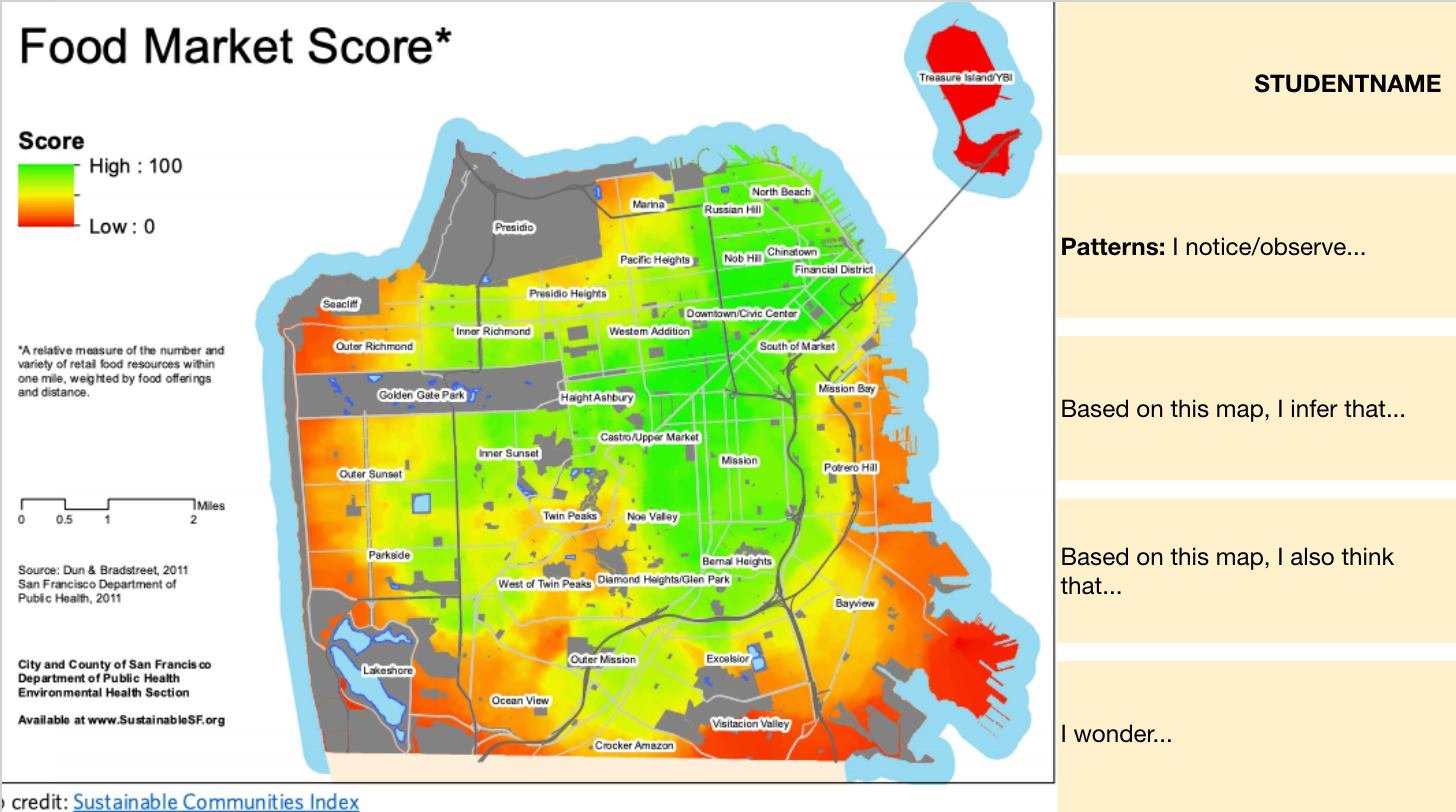
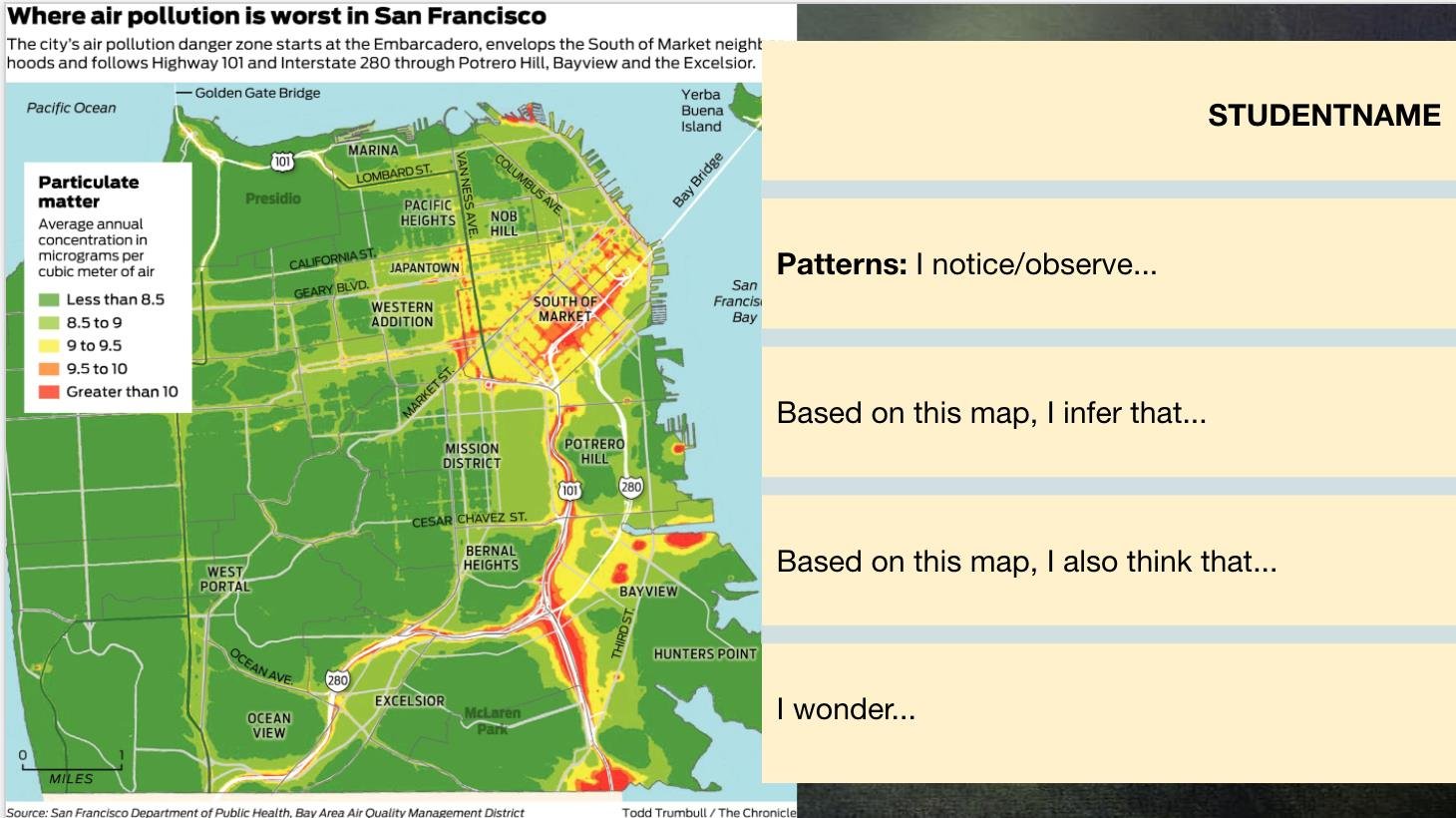

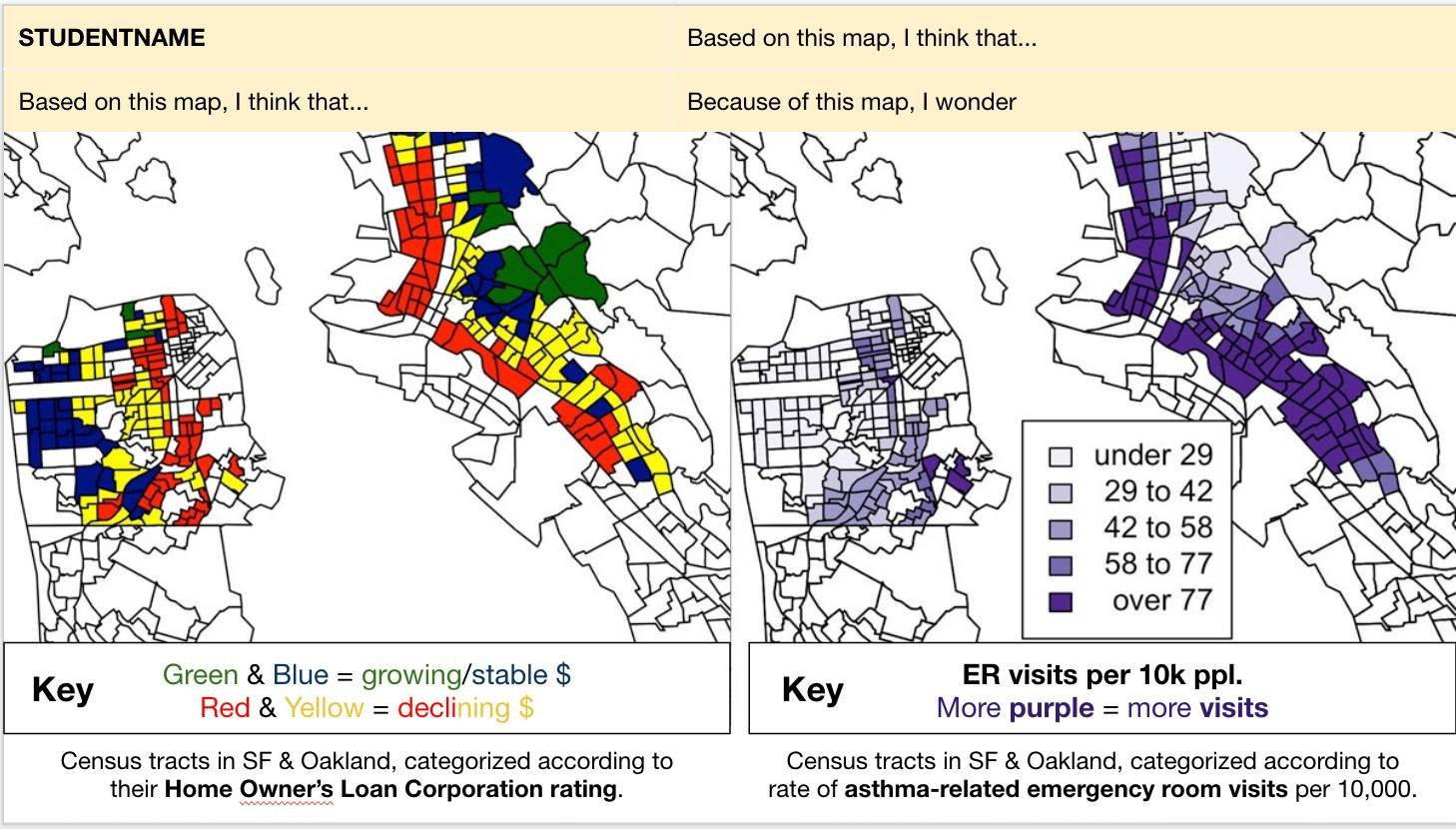
STEP FIVE: RESEARCH AND CRITIQUE A SPECIFIC STRATEGY
Are the strategies used by adults addressing the problems identified?
How does the data support your analysis?
Gallery: examples of factors examined
STEP SIX: CREATE A NEW STRATEGY
Students choose from options below:
Examples of student projects
STEP SEVEN: SELF-EVALUATE
Students complete this rubric and grade themselves.
Afterword
The following year, I used it to help bridge interdependent relationships (kelp, their own neighborhoods where they've identified a/biotic factors, etc. and carrying capacity (Rapa Nui, Keeling Curve, covid curve).
I feel like I can do a lot more with this and I will continue to update the slides, embedded links, and more in-depth maps. Feel free to copy and use for your own needs.
Would You Rather? 40 Slides for teachers and grownups
40 slides I made that made PD less boring. Feel free to edit and share.
Preview:

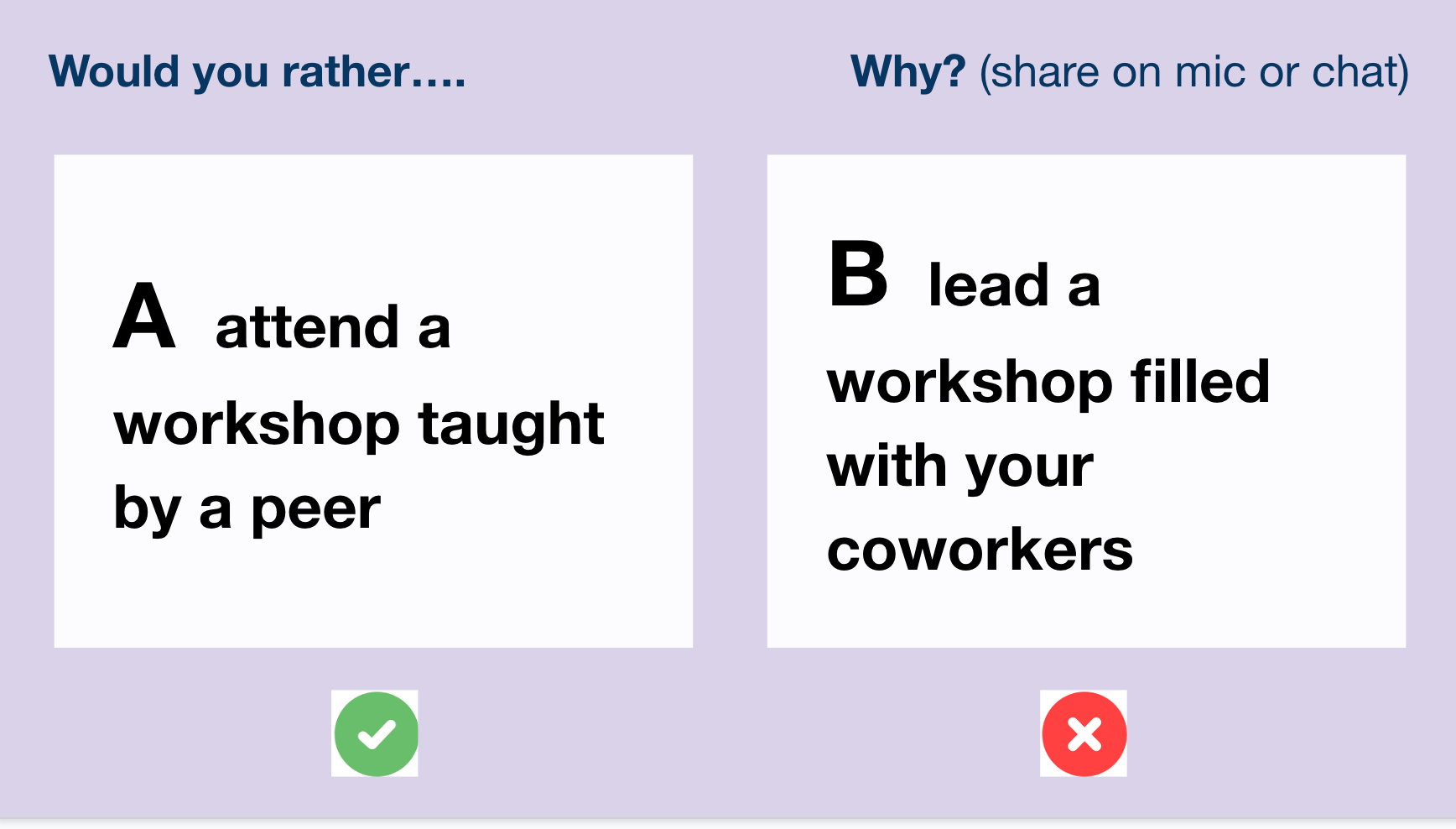
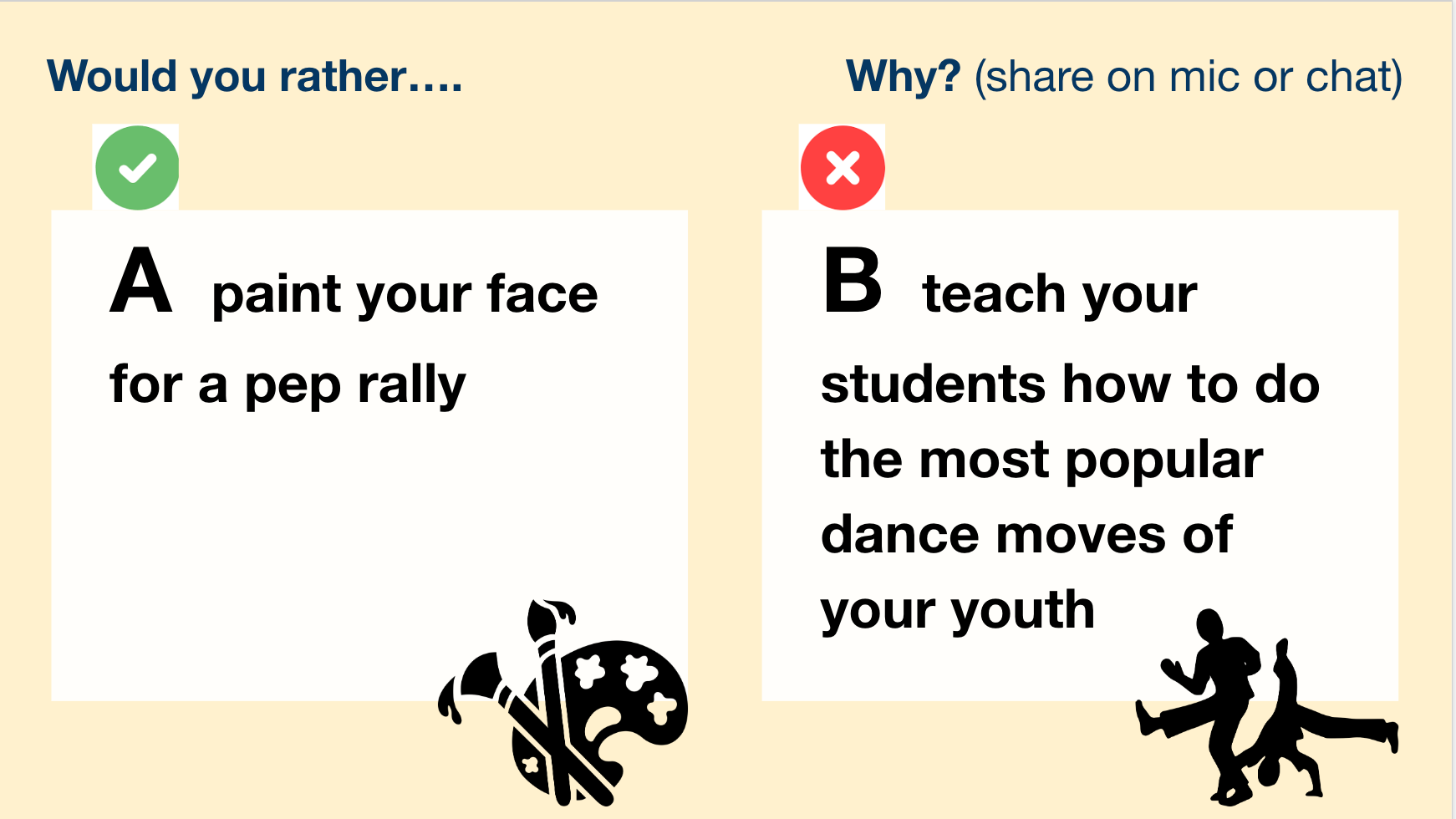
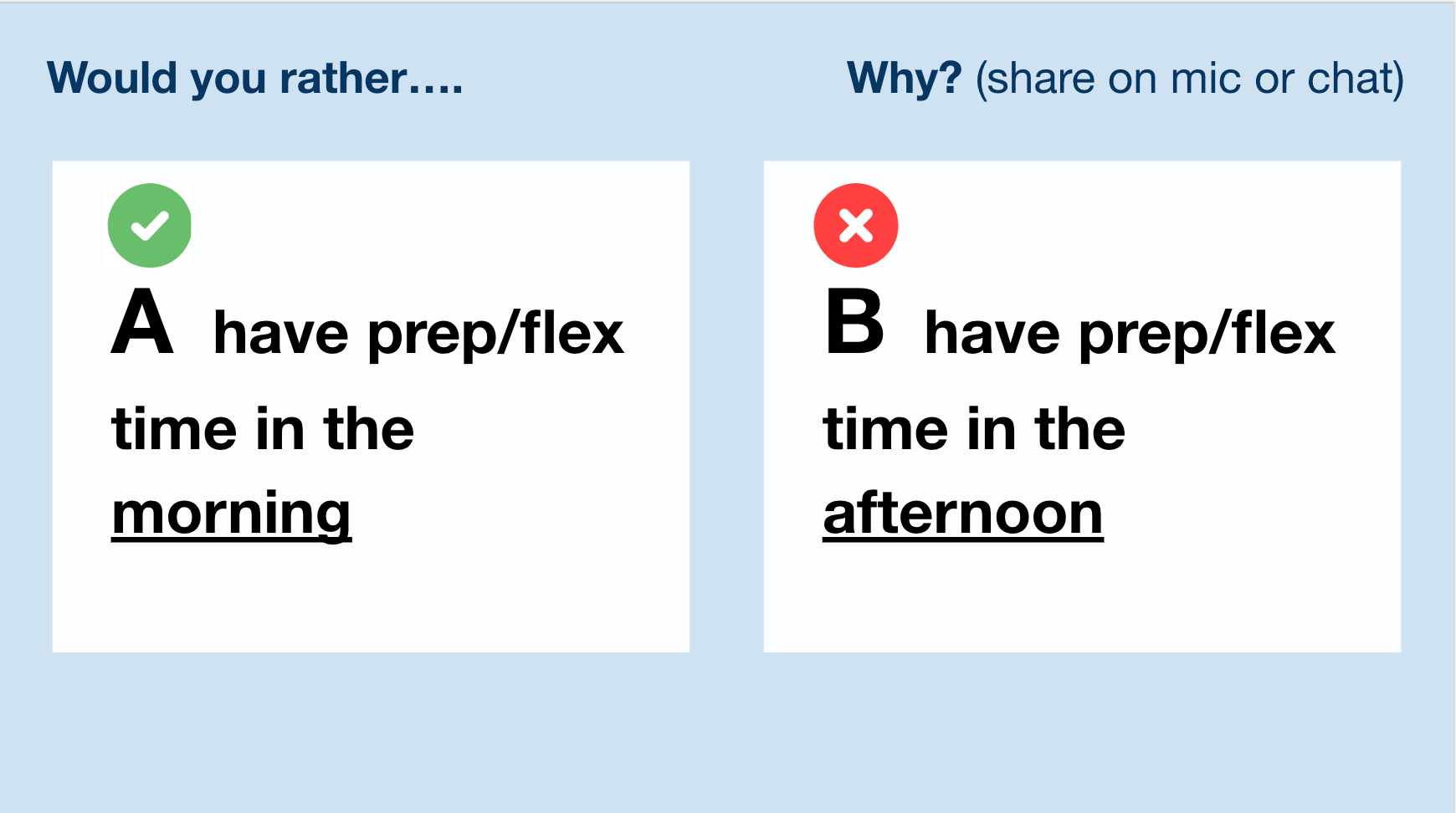
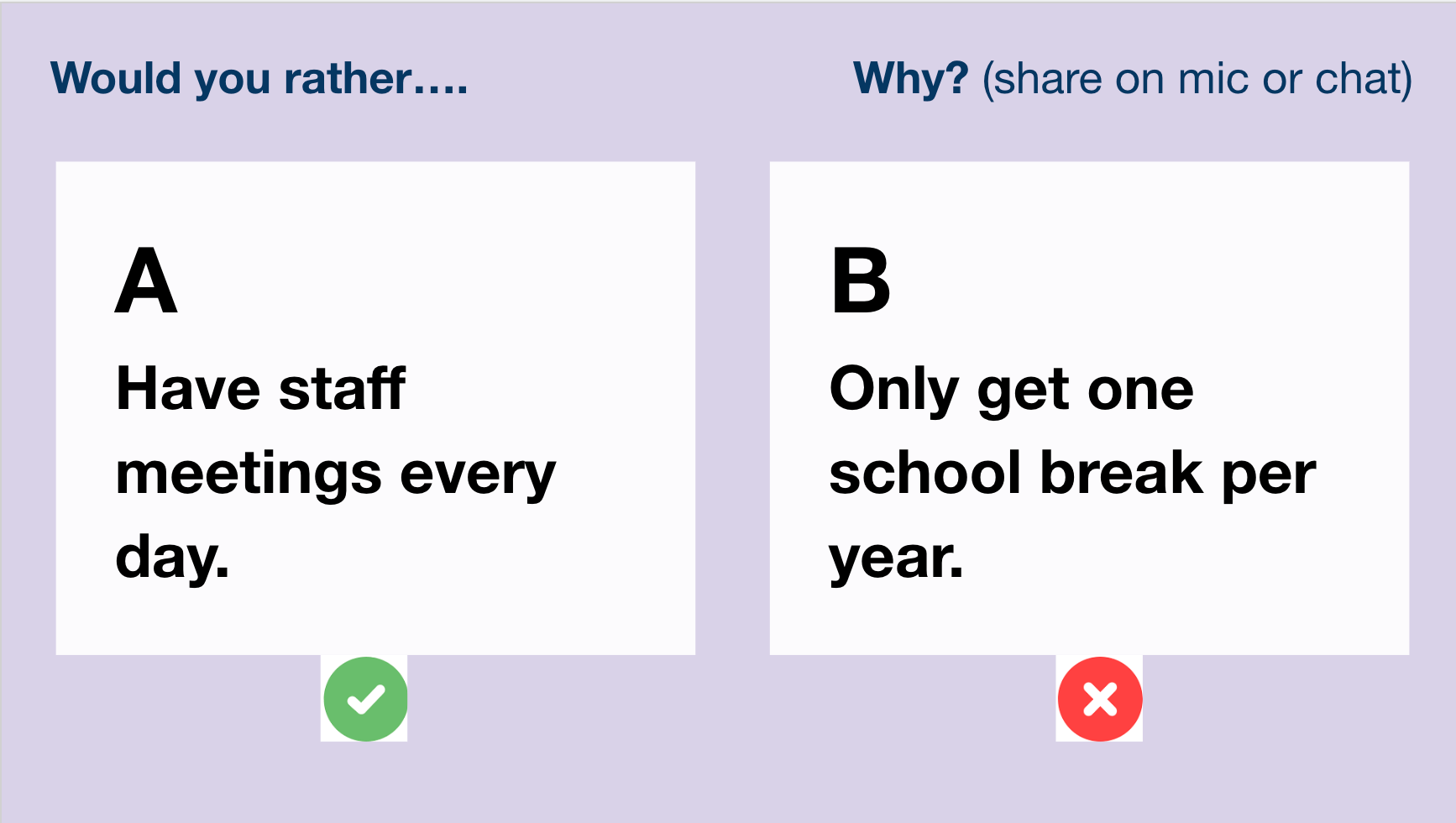
Would You Rather? 98 slides
Dug up 98+ of my popular Would you rather? slides and I'm sharing them now here. (The key is to keep students explaining more.) Feel free to edit & redistro.
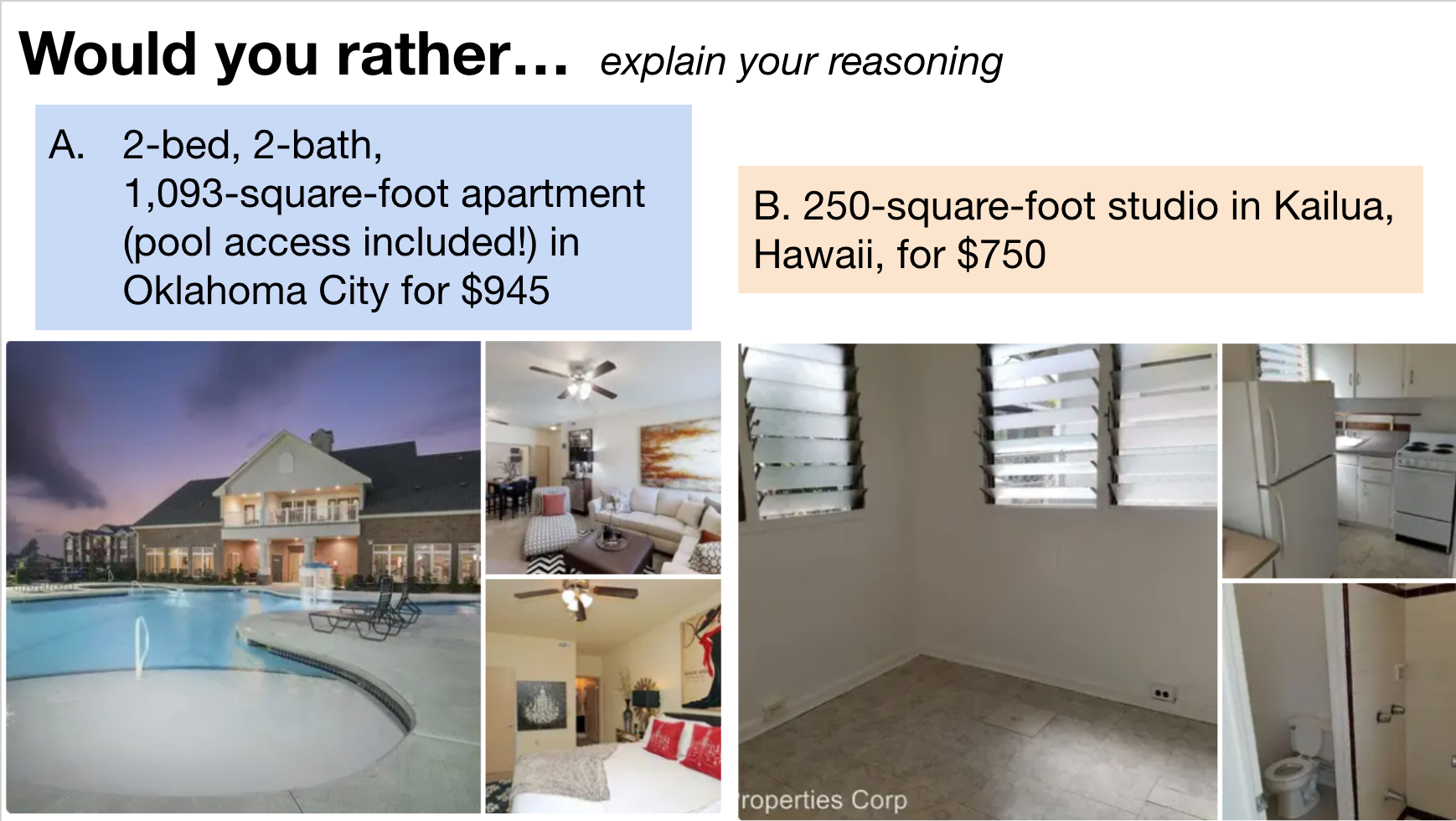
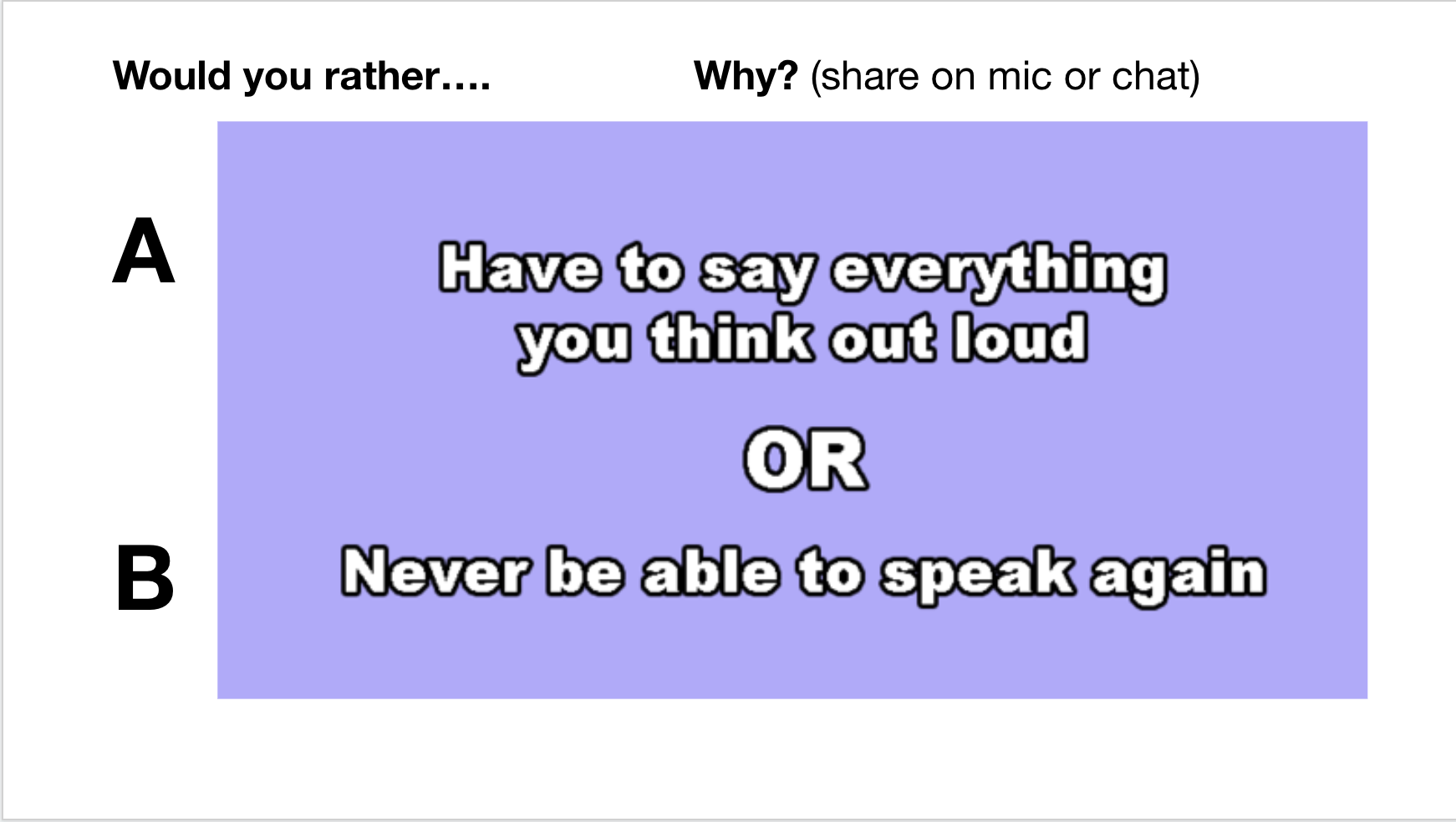
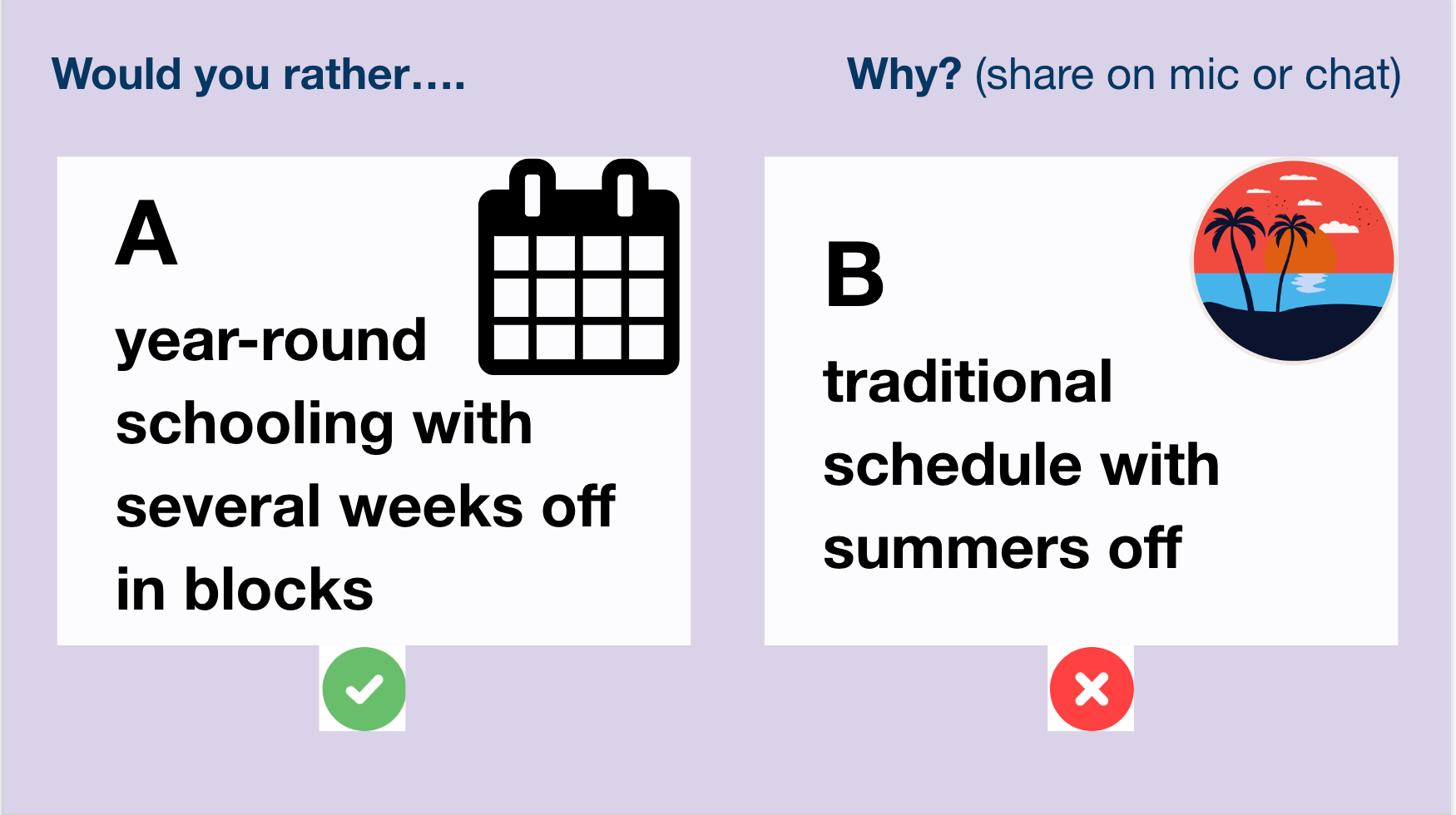
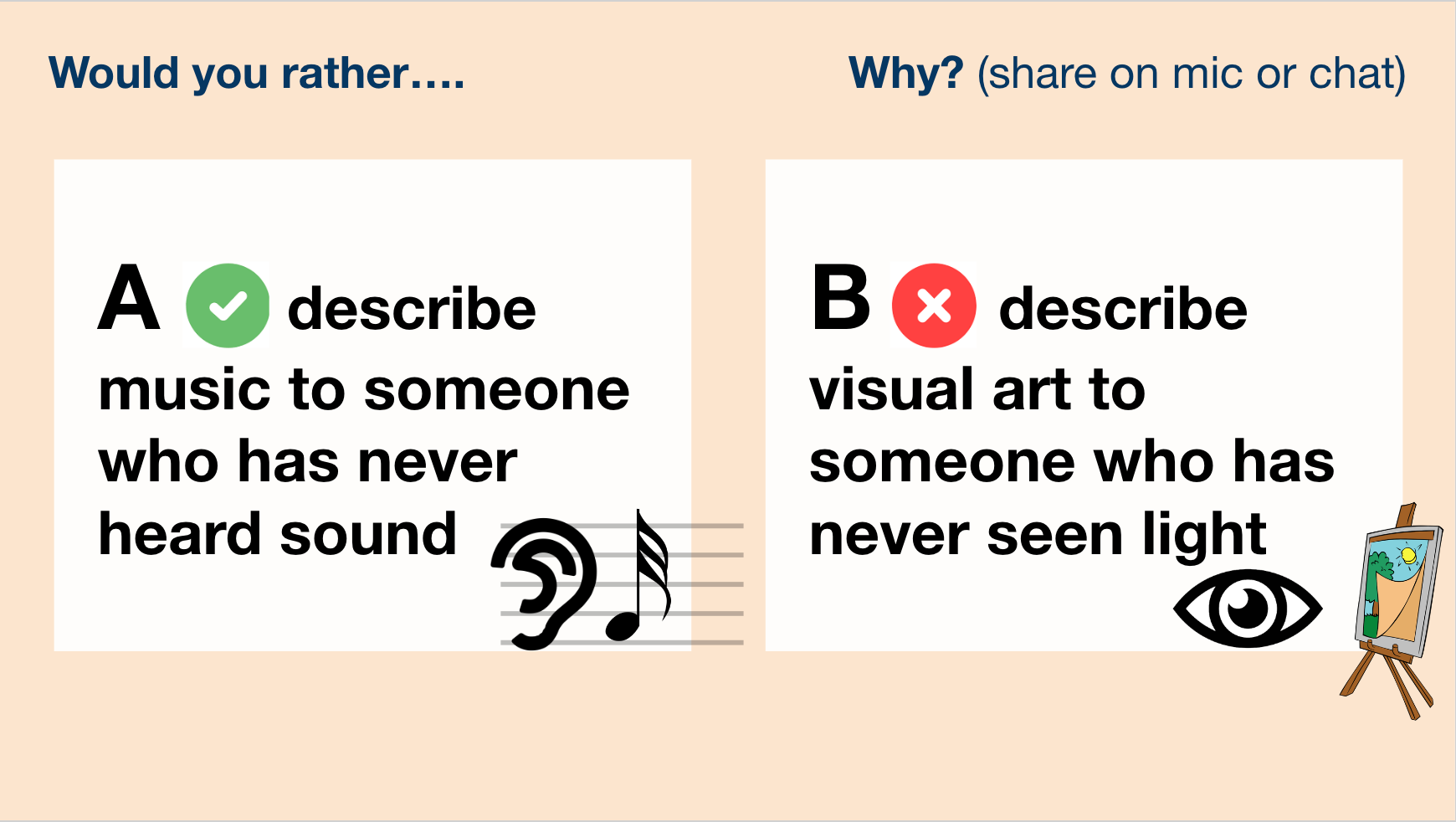
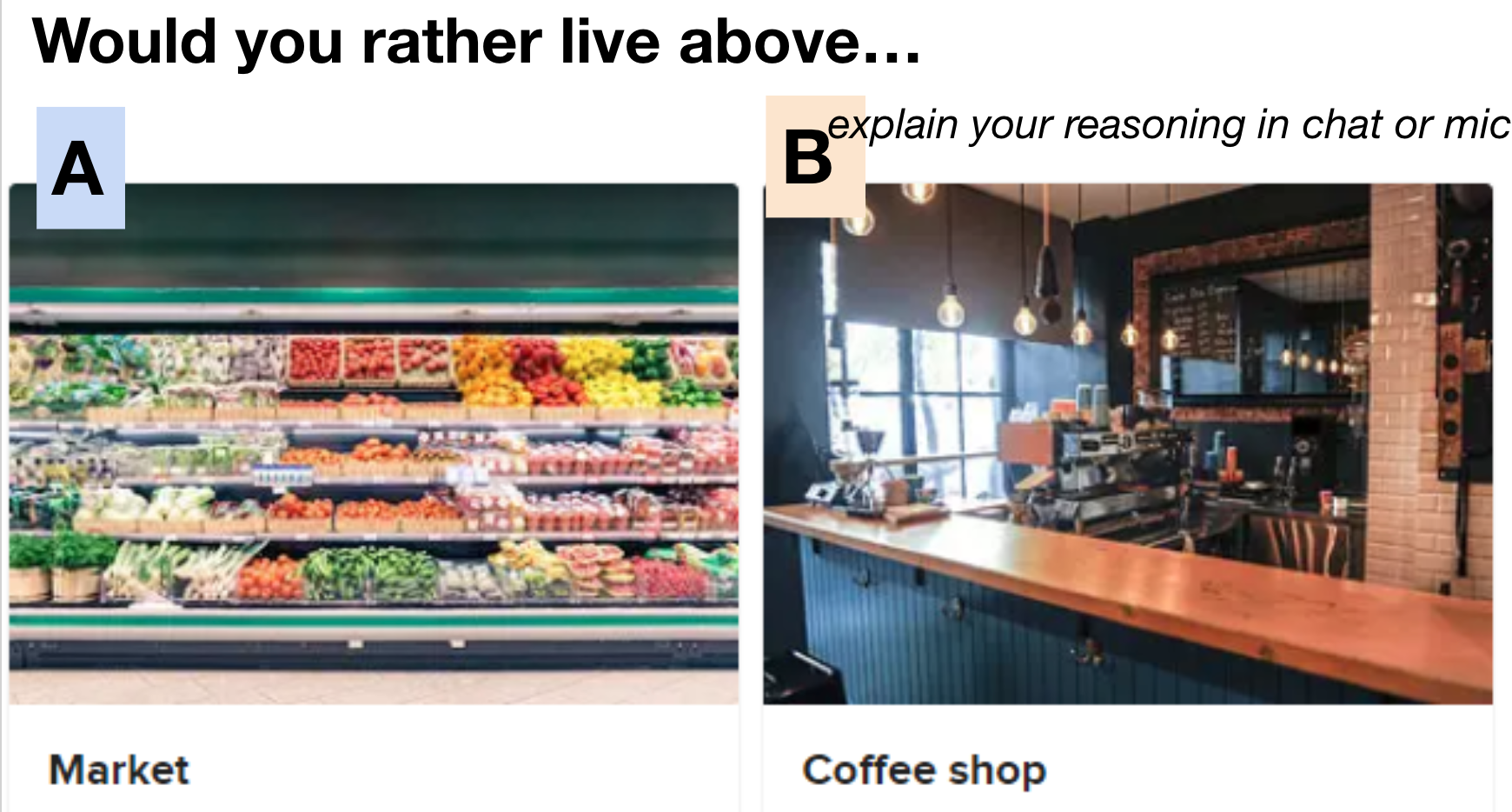
Exit Tickets: 4 questions, same exit ticket link
My daily exit ticket is the same Google Form every time.
I show the link as a QR code next to that day’s exit ticket question.
Each exit ticket has 4 prompts:
Exit Ticket # <displayed on board>How well did you understand the lesson?Mostly. I can teach someone else.So-so. I can figure it out.Barely. Help!
How are you feeling today?GreatOKTerribleIDK
<Content question of day>Comments and/or questions?
Scoring: 1 pt for attempt, 2 pts for accuracy
Students appreciate the predictable procedure, I get a backup log of how we are doing, and can alter the question as needed for each class.
The exit ticket is the same link every time, and students get into the habit of assessing themselves and also using the link to make up missing exit tickets if they are absent or late.
Assignment: "This is What a Scientist Looks Like" - diversity in scientific community
Preview
Ready to copy & share on Google Classroom or print.
Bilingual (English-Spanish)
Links to 4 different sources
Feel free to adapt & redistribute for educational use.
Includes self-assessment and audience feedback.
Student Instructions
Sign up to research a rarely-known scientist who interests you. Use these sources to help you choose a person to research:
2. Research online for information about the scientist, the science that person studies, or if the person has been researching anything recently. Use the links above to help you get started.
3. Using complete sentences, complete the blanks below using your own research. You can also write this on paper.
4. Rehearse your explanation for why you chose this scientist. Part of your grade will depend on your audience feedback (see end of worksheet).
Quick and dirty write up: first day sound cups seating
In reply to CK’s ask for how to make sound cups:
Make Prep (only once)
I usually get junk i have in pairs, anything that can make a distinctive sound. “Variation is key to both problem-solving & survival.”
>>Examples: Feathers. Paper clips. Binder clips with and without the little silver bits. Rubber bands. Jingle bells from napkin rings. 2 Dice. 5 dice. 3 crumpled paper balls. 1 crumpled paper ball. 5 golf pencils. 1 golf pencil. (That’s already 22 cups.)
2. I put them in red solo cups and seal the end with anything opaque, even another cup. Rubber band or Velcro or tape the end so students can double-check.
3. For each pair of cups, I also sharpie half of a word, so I can check whether they are correct. This adds another “variable” they can “measure”.
>>example: “bio-” on one cup, “-logy” on the other. If students notice, I say this is one observation they can turn into a test of more variables that can help them find the right cup: checking the bottoms of cups.
During Class
I greet them at the door with the cups, check them by last name as they enter, and ask them to take one randomly and then try to find the matching cup. I model: “hi, my name is, my pronouns are, and this is my cup.”
Once students realize this is the first activity they get into it. Occasionally I will go through and mix them up the way a Canadian goose does, suggesting they compare sounds.
The goal is to get them talking, especially what they notice about the sound or other variables they can compare between a pair of cups. They get to sit down at a table I assign (“just for this week”) once both have shown me what detail convinced them the most that they matched. I try to ask them to explain what they mean at least once.
Can’t hear anything! When it gets loud I get to remind them to observe carefully and mind each other’s listening needs, just like we will do this year for other needs.) They will also devise their own ways of listening better or isolating sounds to compare. It’s a nice chaos that gets them going with a very simple data-test-check sequence.
Timing? Your mileage may vary. If it takes way longer than you want, you can cut it off and bring everyone back together and say “when we explore other planets, we won’t have a teacher or a way to check the cup. We can use each other’s observations to figure out where we can go and what to do next.”
Do you let them open it up to check? Depends on the message you want to reinforce about statistical certainty in science.
Then I do an intake form and explain how icebreakers are for habituating your body and startle response to these other people, not to memorize everyone’s details on the first day.
Students report this is helpful for calming first day anxiety, while still challenging their minds.
Stations: Sex Determination (Explore)
Before this lesson: melanin & folate for survival of allelic diversity, then Pigeonetics to open up complex inheritance, then give KWL for sex diversity in nature
Task: Visit each station and answer questions on worksheet.
Stations topics:
Science, Sex, and Society
(Spoken Check for Understanding: How has the scientific model for biological sex changed?)
Myths and Misconceptions
(Spoken Check for Understanding: Who do you think should be heard from the most in conversations about sex and gender?)
Variation
(Spoken Check for Understanding: What have you learned and what information could improve your understanding?)
SRY Gene and Testosterone
(Spoken Check for Understanding: Are sports rules for fairness or entertainment? How do you think we should decide who gets to play and why?)
Introductory slides and previews, as well as printable slides for the stations. Feel free to distribute and modify. Fill-in-the-blanks sections has the first letter as the clue.
Download Links
Previews
Excerpts from Stations and Introduction Slides
Worksheet Tasks by Station w/ checkboxes & self-inventory
References
Queer Sex Ed, Sex Diversity in Nature
Queer Sex Ed, Science, Sex, and Society
Queer Sex Ed, Deconstructing the Biological Gender Binary
“Beyond XX and XY”, Scientific American 317, 3, 50-1 (September 2017) doi:10.1038/scientificamerican0917-50
Sabrina Kayed, Sex Determination and Non-Disjunction Lesson, for Gender-Inclusive Biology, https://www.genderinclusivebiology.com/newsletter/sex-determination-and-non-disjunction-lesson-by-sabrina-kayed.
Activity: Laetoli Footprints Topographic Puzzle
The now-defunct ENSI website had a great pdf to scale of the 3.6 million year-old footprints found at Laetoli, Tanzania, possibly the earliest evidence of bipedalism for Australopithecus afarensis. Year after year, this is a popular introductory activity for my high school students. Fresh from the Great Fossil Find, they spontaneously try out different ways to analyze the topographic maps.
click here to download them for yourself. Many other updated maps, lesson plans, and worksheets, including HHMI Biointeractive’s graphics, are available for this activity online, but I have yet to find one that lets you print out on 8x11s.
When I did this years ago, I think I clipped some of the edges. Results may vary. (“It’s only a model.” - Monty Python) It takes about 20-minutes for someone with sciatica to tape together on the floor. I recommend laminating them before taping them together.
Students will take off their shoes to walk on them and experiment with different gaits and pairings of heights. If the ground is wet outside or there is sand, they will ask to try it outdoors. Wrap their feet in plastic bags and require they film it and photograph the imprint with a scale reference looking from the top-down.
Suh-ggested Warm Up: Have them graph the class left foot lengths and heights using sticker dots on poster graph paper.
I cannot yet find the original large-res pdf in my folders but when I do, I will link it here, too.
Alternative Final Assessment (One-Page)
Made an alternate Final assessment that is a one-page topic summary. Includes topic list, example, and rubric. Feel free to use, edit, redistribute. Modified from Cassandra Wallace’s one-page. Embedded below.
Sustainable Strategies (TEK) - environmental justice & indigenous knowledge
Students sign up for 1 of 19 videos, articles, or websites that feature sustainability strategies that come from local knowledge, indigenous peoples, and Black philanthropists and entrepreneurs.
They analyze the source based on how it affects the ecosystem, then reflect on 3 prompts they choose from a list of 9 in Google Forms.
For each slide, student answers these questions:
1. What people and groups are involved and what is their goal?
2. What does this source tell you about the cultural values about food, land, and community? How does one generation trade knowledge with the other?
3. List the crops, organisms, and methods mentioned/shown.
4. How do these people blend past and present knowledge to heal the future? How effective do you think they are or will be?
Strategies included are:
Returning Condors to the PNW (Yurok)
Indigenous fire management
Improving farming with biodiversity in Peruvian cassava
Water Poisoning in Japan, First Nations, and San Francisco
Mayan Forest Garden
Urban Farm: Detroit
Science for a Hungry World
Black Philanthropists Tackle Hunter in the Pandemic
Urban Farm: Dallas
Blossoms of Hope, Oregon
'Homecoming' trailer
Heritage Crops in New Mexico
First Nations students in Sustainability Careers
Ash trees - Akwesasne Mohawk
Salmon - Lummi Nation
Water - Campo Kumeyaay Nation
Wild Rice - Leech Lake Ojibwe
White Earth Land Recovery Project
American Indian Foods Guide
Reflection
Students choose 1 from 3 sets of prompts.
Reebops Nursery (gender-inclusive independent assortment)
Adapted to be more inclusive from slides created by Laura Funk (staff profile page) by modifying “mom” to egg-giver and “dad” to sperm-giver, and adding UDL supports for students with cognitive differences.
Instructional note: I find it best to give these to students without explanation, so that they must derive what the components of the Reebops model are. Also, HS students are unusually protective over their Reebops. In-person, I put their completed models into plastic slips with their “birth certificate” ie. worksheet.
See steps below and the questions for the assessment at the end.
NGSS Works towards HS-LS3-1. Follow up with meiosis and HS-LS3-2.
Step 1: Flip a coin and highlight the capital or lowercase letter for that row.
Step 2: Combine the results from Step 1 to create a genotype (two letters).
Step 3: Use the third slide to decode the phenotype.
Step 4: Build the reebop based on the phenotype.
Assessment: Answer the questions in the Google Form.
0. Attach completed Reebops Nursery from your Drive.
1. Name your Reebop
2. What do you think each letter represents in the model?
3. What do you think combining the letters represents in the model?
4. All models are wrong. Some models are useful. What are some things missing from this model? List as many as you can think of.
5. Gametes (egg & sperm cells) contain 1 pair of chromosomes (n = haploid), the other body cells contain 2 pairs of chromosomes (2n=diploid). Is your baby reebop haploid or diploid?
Unit: Mitosis & Cancer (DL-friendly)
In this 5-lesson (75m each) distance-learning unit on mitosis, students begin by drawing onion root tip cells on screen, review their preconceptions of cancer, analyze graphs of cancer statistics, learn about how cancer cells behave differently due to 2 types of mutations.
At the end, SWBAT
explain how the cell cycle relates to cancer and
use a manual of treatments, cancer stages, and randomly-assigned pathology reports from patients to identify and explain how 2 treatments might affect cell activity in the patient and the pros/cons of each.
NGSS: Builds towards HS-LS3-2 and HS-LS1-4. Lesson 1’s checkpoints builds towards HS-LS1-1.
Prior to unit: distribute Cancer Consent Form to identify students who may need alternate assignment (Go Go Stem Cells! worksheet) or to be excused from specific portions.
Lesson 0 (slides)
Goal: Draw cells dividing and learn about how mitosis leads us to grow, then calculate how much time cells spend in each phase of mitosis
1. Opening
Spotlight: James West
2. How do we grow and develop?
Task - Onion Root Tips (5pts)
3. Count & Calculate:
% of cells in Pass Me a Taco!=break=
4. Pass Me A Taco (A & B) Typing Test (8pts)
5. Closing
Lesson 1 (slides)
Goal: Self-assess our preconceptions about cancer. Compare cancerous vs. noncancerous cells.
1. Opening - Check In & Consent
Video: Do cell phones cause cancer?
Spotlight: Yamicia Connor
2. Graphing Cancer
Incidence/Frequency
Income Inequality
3. What do we know about cancer? T/F
=break=
4. Practice Draw: Anaphase & Telophase
5. Independent Time
Closing
Lesson 2 (slides) (student assignment)
Goal: Examine how cells respond to programming & learn about 2 major mechanisms for cancer
1. Opening
Graph: Breast Cancer
Review: Mitosis, Stem Cells
2. How do cancer cells behave differently?
3. What causes cancer?
Proto-oncogene
Tumor suppressor
break
4. Independent Time
Closing
Lesson 3 (slides) (student group assignment) (oncology intern handbook)
Goals: Learn about diagnostic tools & treatments. Diagnose & explain a treatment plan.
1. Opening
Review: #7 of Homework; student ideas about cancer & cell cycle
SEL: An Ocean of Feelings
2. What is Pathology?
a. Stages of Breast Cancer
b. Diagnostic Tests
3. Get to know your patient & their cancer
c. Treatments
=break=
4. Independent Time
5. Presenting Rounds
6. Closing
Patient Sign-Up Slide. 2 students per patient.
Instructions for group assignment: Copy & share group assignment with class period and ask students to sign up for a patient. on slide 2 (see left). Randomly selected student presents for each slide at end.
Assignment includes links to resources, instructions, and oncology intern handbook (see images for more)
Sample answer page w/ explanations.
Sample pathology report with blank prompts (linked to other slides in the deck that give instructions)
Distance Learning & Special Education Tools
Federal Guidelines regarding the rights of students labeled under special education programs boil down to “at least they’re alive!” or more generously, “do what you can.”
Here’s a roundup of some stuff that’s far from “what we can”:
slide deck of student assignment samples & direct links to materials
resource list of some ideas special education resources document
link to help explain some speech-text options
tutorials
how to speech-to-text in Word: https://support.microsoft.com/en-us/office/dictate-your-documents-in-word-3876e05f-3fcc-418f-b8ab-db7ce0d11d3c
how to speech-to-text in Docs: https://support.google.com/docs/answer/4492226
Google Form Quiz: Evidence/Inference
I made a form for reviewing evidence-inference, independent/dependent variables, and change in biotic factors on Rapa Nui.
All answers have explanatory feedback and/or youtube video explaining more. Feel free to copy/change/adapt/share as always.
Sources: Has some biology of stress on executive function stuff & how rituals lower cortisol, as well as YPAR institutional change scenarios. I think I put a reforestation link in there somewhere but I'm tired.
Multi-level Trophic Pyramid Simulation Webquest
Multi-level Trophic Pyramid Simulation Webquest
Contains instructions for setting up a trophic pyramid, with screenshots and questions.
At the end of this group synchronous activity, students write an individual CER for a claim around carrying capacity.
Option to tie to logarithmic/exponential population growth & covid-19 ("what's the limiting factor for covid-19?").
Google Form Quiz & Slides: Observe A/Biotic factors & evaluate CER of 2 mask-wearing-CO2 arguments
I made a Google Forms that asks Ss to:
1) identify a/biotic factors (shows video & asks students what they think of different models),
interacting,
in their neighborhood.
It then asks copypaste for a CER analysis of 2 covid-19 mask-CO2 arguments. The only ones with pts have Feedback that automatically responds with the correct answer.
(English & Spanish.)
Template & Community Builder: My Lab Bench
Week 1 Community Builder: Part 1 - My Lab Bench
What it is: 1 student slide of 3 things on their lab "bench" that represent their science identity + prewriting
Suggested use:
1. Distribute pre-writing Doc: pre-writing document asking about the role of science in their lives and their experiences
2. Brainstorm answers for the first 3 (I used PollEverywhere).
3. Give feedback on Doc, assign slides & teach how to insert images. (I use Alice Keeler’s Pull 1x1 Tables in Docs to Sheets to get responses & push feedback.)
4. Distribute Forms where students describe and explain how each object relates to their prewriting answers.
5. Combine into final community slide deck of a research lab with multiple lab benches. Assign 3 to comment on.
Templates (at end so you can manipulate at your leisure) included. Now includes tutorial in slides for exporting as JPEG, and link to a great resource for researching different scientists: Lancaster’s Diverse Scientists Database.
Now with Part 2!
The end of my "Build your Lab Bench" Slide activity, I ask students to redress the legacy of normative white supremacy in science today by researching and making a poster for themselves of a scientist who can inspire them throughout the year. I include the guiding research doc (they fill out the 1x1 tables & I push feedback through via a Sheets script). I have yet to make the tutorial for building a poster in Canva. (I'm thinking it might be too much app load for my students this early.)
Slide sources from #IamAScientist and Remezcla. Guided research Doc instead of Form so teacher can give multiple feedback drafts and connect w/ student. Doc links to Slides, A. Lancaster’s Diverse Scientists Database, and Spotlight on Scientists.
Summary: Sequence for thinking is:
Brainstorming survey on PollEverywhere: students use answers to help them complete first questions
what does a scientist look like,
who does science,
where is science done,
Independent work after class mtg:
science's role in my life & the world,
“build” my lab bench with 3 objects representing my science identity,
research different scientists and consider which courses they could be taught in,
select a specific scientist and make a poster about it to put in your lab bench
send in jpeg of lab bench slide and explanations of each object via google forms.
Final class product: Slide deck w/ slides of all the student lab benches.
Feel free to use, adapt, distribute without charge.
Acknowledgments
David Barrios via SFUSD's 2020 Launch unit
Amber Lancaster
#IAmAScientist at Harvard
Remezcla
Template: Distance Learning Syllabus
I wrote this fall syllabus for teaching my 10th grade biology class 100% distance learning this year and other teachers wanted to use it. I’ve taken out most of the identifying information and highlighted stuff, but feel free to use my policies as well or change them, and pass it on for those who find it helpful.

